Horfield Common Wildlife Pond
Description
A semi natural pond created around the same time as the houses backing on to it (in the 1930s), as a ditch to keep the houses from flooding on the traditionally marshy land. Over the 90-ish years it has existed, humans have modified it and nature has colonised it.
History:
Up until about 150 years ago, Horfield Common had a number of natural ponds scattered throughout - formed by natural springs and shaped and expanded for livestock to drink from. The most notable and biggest sat at the far bottom left-hand corner; where to this day, there is still evidence in the form of an almost permanent muddy puddle. It would have sat adjacent to Quab Farm (where the private garages are now). To find where ponds, farm houses and other features once occurred see Know Your Place
During the turn of the 19th century the common was drained to turn the land for the public by digging a network of drainage systems, and in doing so the ponds would have disappeared. The last remaining pond is just about visible on the 1946 aerial of the above link and stood at what is now Concord Lodge Assisted Living Residence.
Today's pond and ditch are relatively new though the area was naturally marshy, as being at the bottom of a hill; the water-logged, heavy clay soil would have accumulated run-off. During the extension of Maple Road in the 1930s The ditch would have been excavated to protect the houses from flooding. Since then, aquatic life has colonised it (many already resident) and others have been introduced by local residents, either on purpose or accidently.
Biodiversity and state of the pond:
An enormous array of plants and animals have been recorded here. Some of which are highly unusual. Frogs, Toads and Palmate Newts visit to breed each spring and a spectacular array of aquatic invertebrates can be seen; from predatory Pond Skaters and Snail-killing Flies to scavenger Flat Worms and Aquatic snails. A number of birds regularly visit. Common species such as House Sparrows, Robins, Blue Tits, Wrens, Dunnock's and Blackbirds often come to forage and roost in the hedgerow and shrubs. Some are very occasional. Black Cap, Chiff Chaff and Great Spotted Woodpecker sometimes visit in the winter and others are one-off's. One time a visiting Male Cettis Warbler hung arround the area for a couple of weeks and another time a pair of Mallard Ducks appeared!
Today the pond has sadly fallen into disrepair; suffering enormously from the shear number of visitors - trampling vegetation and wearing away the banks, causing them to subside and infill. The pond has gradually become shallower and shallower to the point that it now dries up completely by mid summer. For this reason, amphibian populations have plummeted. Frogs haven't had a successful year since 2017. Their numbers were once in the hundreds but at the last count (as of spring 2023) the total is now down to about 60 individuals. Too many visitors also physically disturbs the wildlife; birds especially are easily stressed and put off from coming down to drink, bathe and forage, as well as nesting in the hedgerow and bird boxes. Other problems include: lack of appropriate management, out shading - the 'bridge' when it was built in 2016; caused major issues as it blocked the most important section of the pond - where the frogs used to spawn (not a single clump was produced that year). The pond has also become too enclosed by the surrounding hedgerow and the water itself has become cold and clogged up with too much vegetation - there is not enough open water for sunlight to penetrate and warm it up. Another major problem has been the effect of Fipronil and other pet isecticides - contaminating the water every time a dog jumps in. Just 3 ml (the amount applied to an average-sized dog) is enough to cause major damage to aquatic ecosystems and has a lasting effect of up to 90 days. And finally, disrespectful people often chuck litter into the pond (once a shopping trolly was dumped!).
Future Plans:
The pond is going to be brought back to a better state. It is going to be dredged and re-shaped to open it out and return some light. Half of the hedge is to be cut (the other half next year). Eventually the bridge is going to be removed. It's caused nothing but damage!
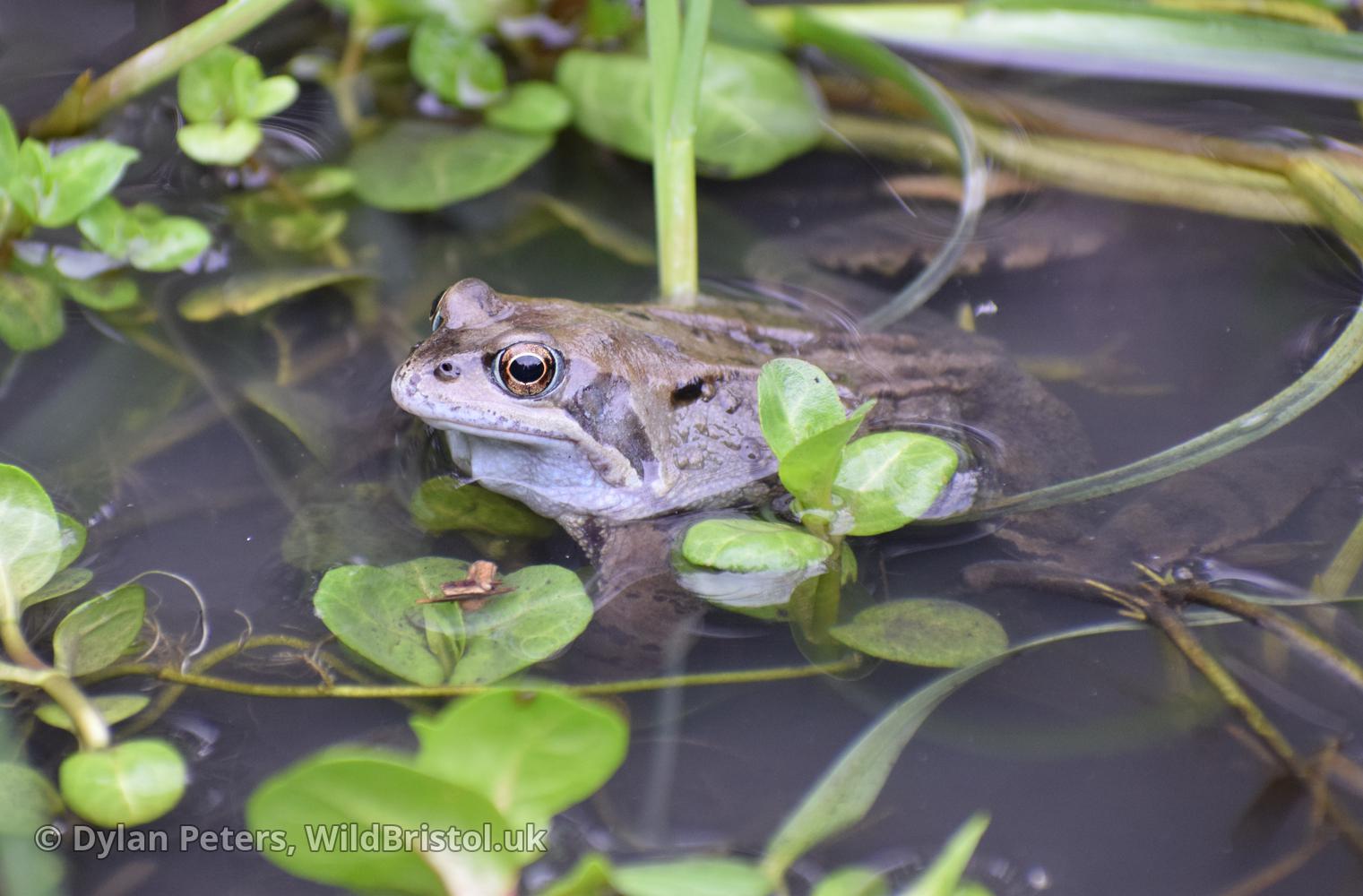
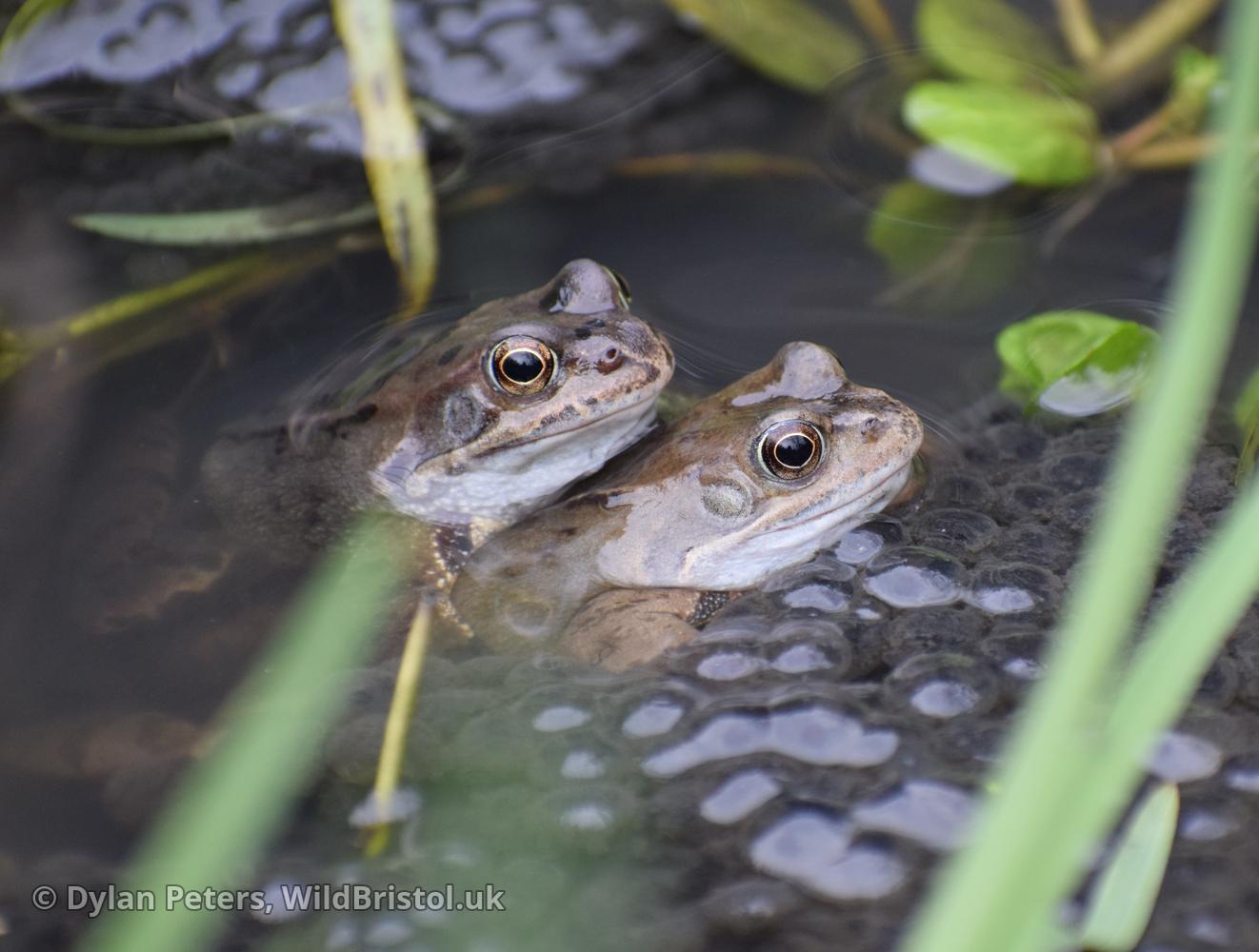
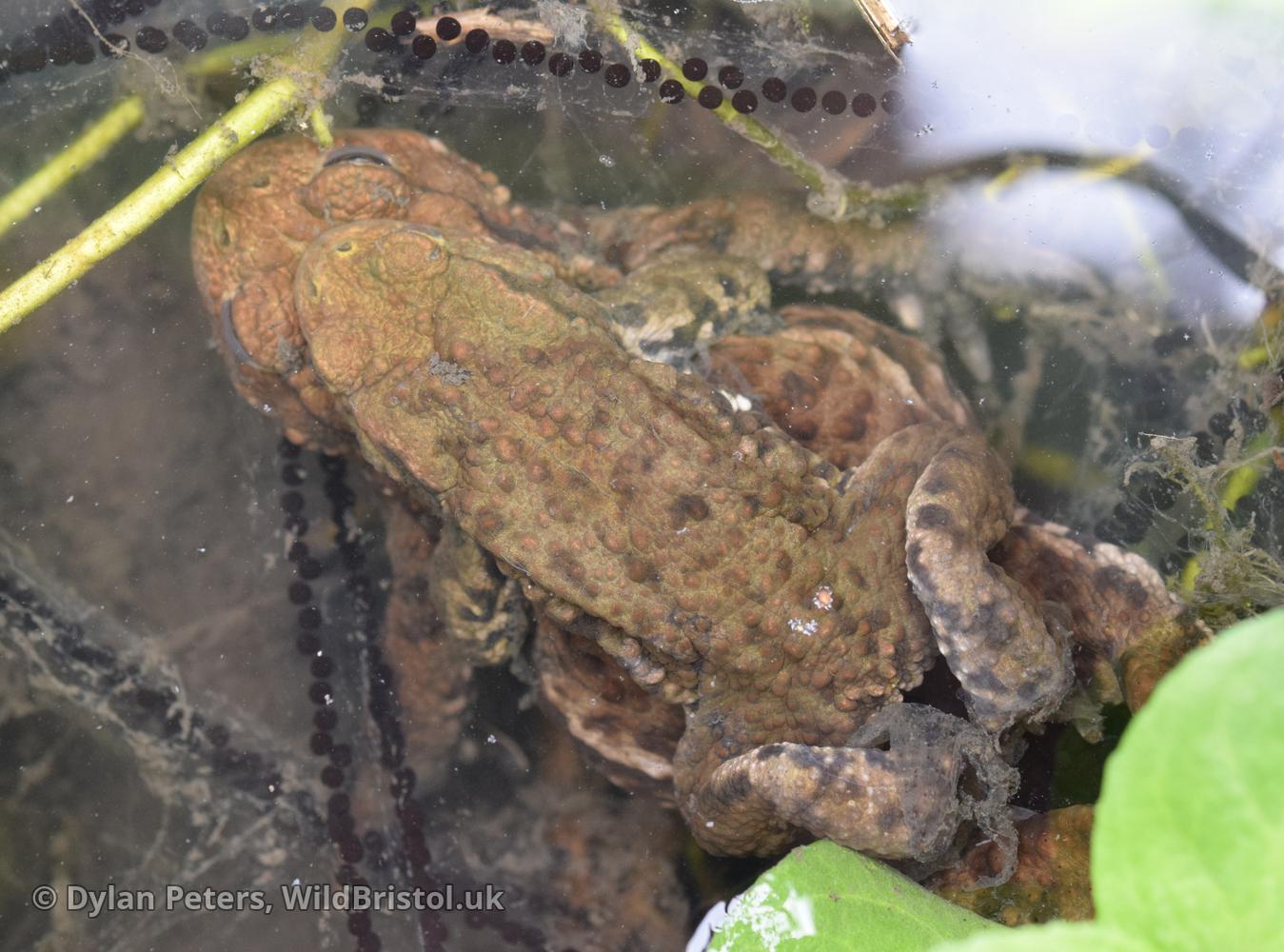
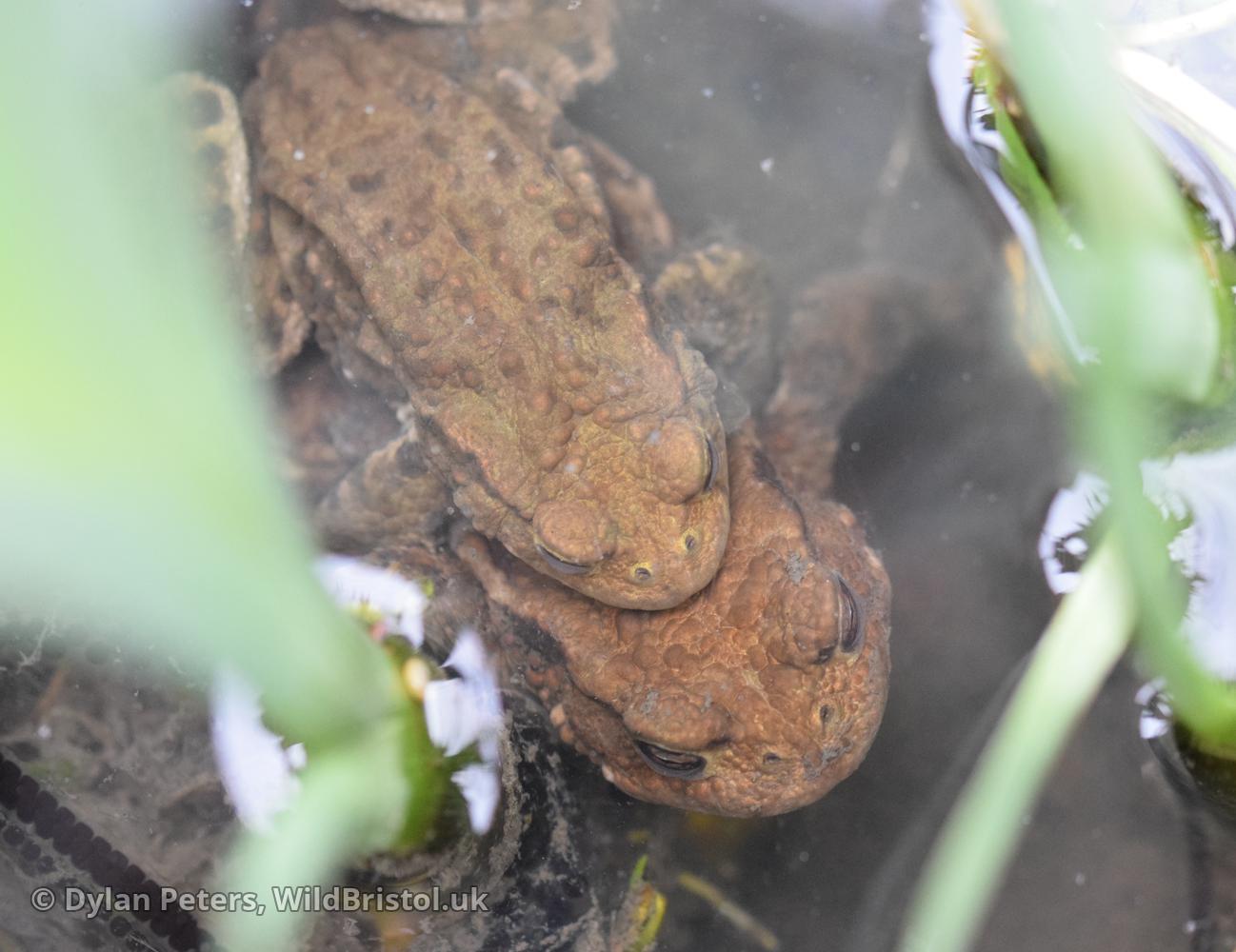
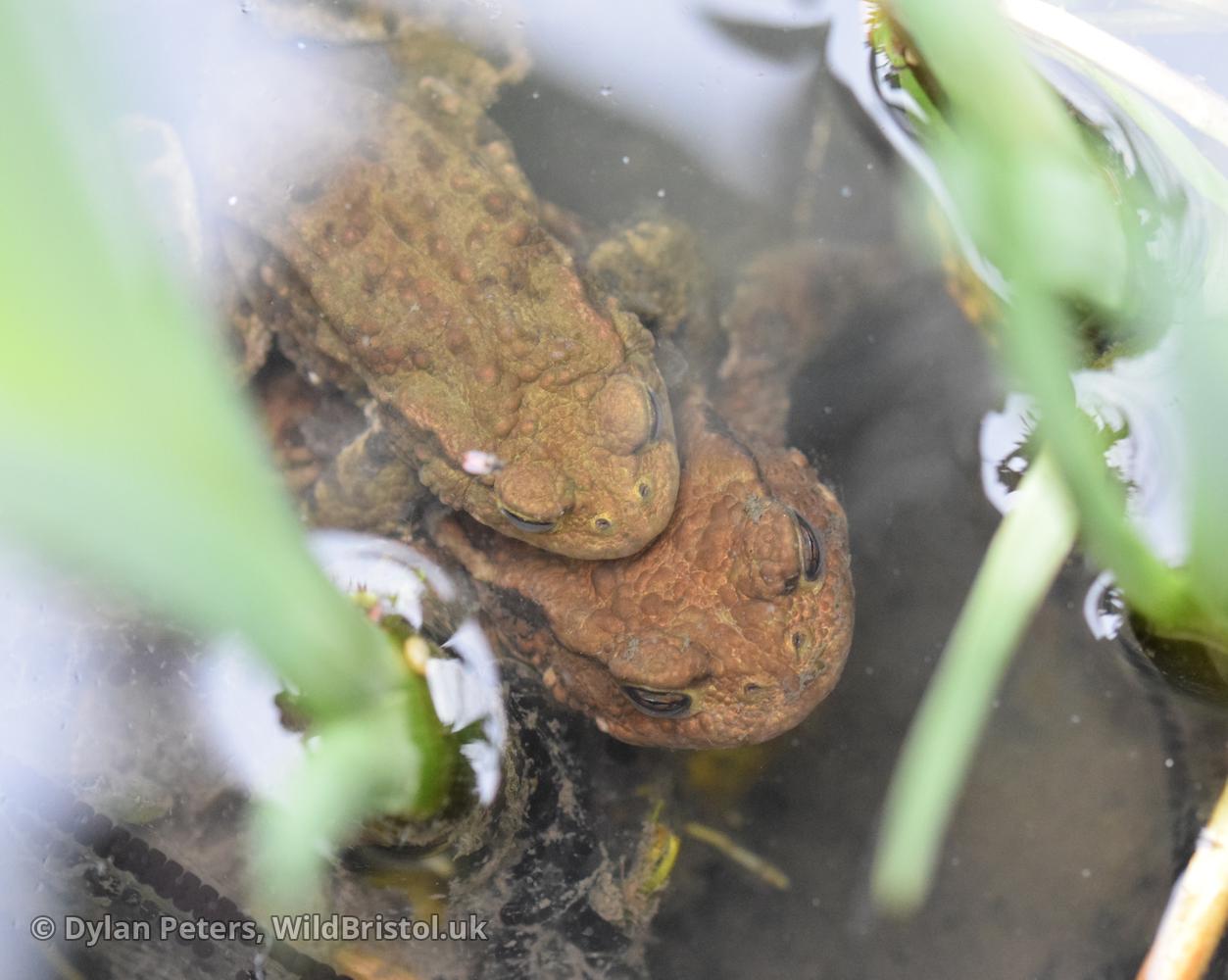
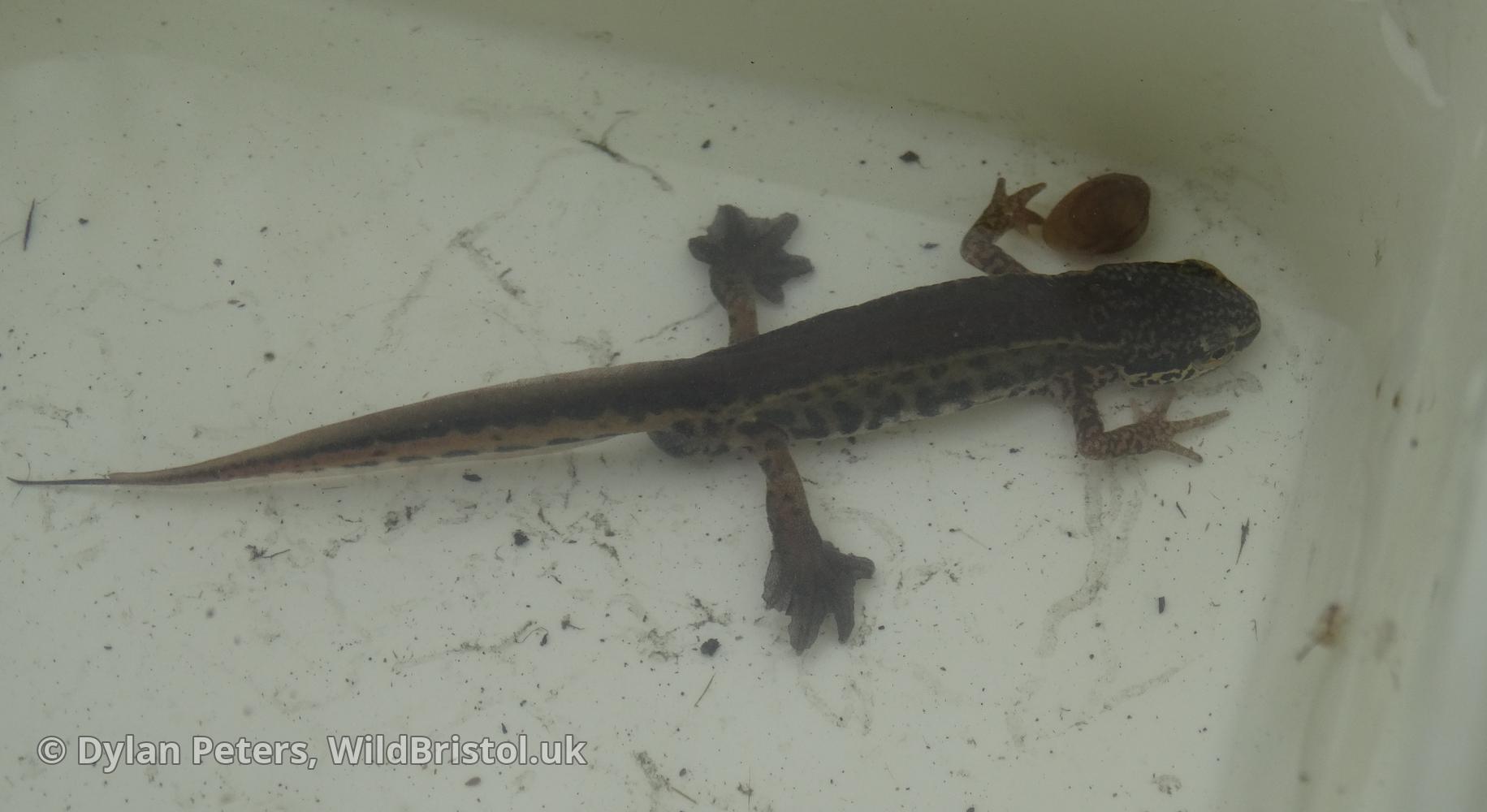
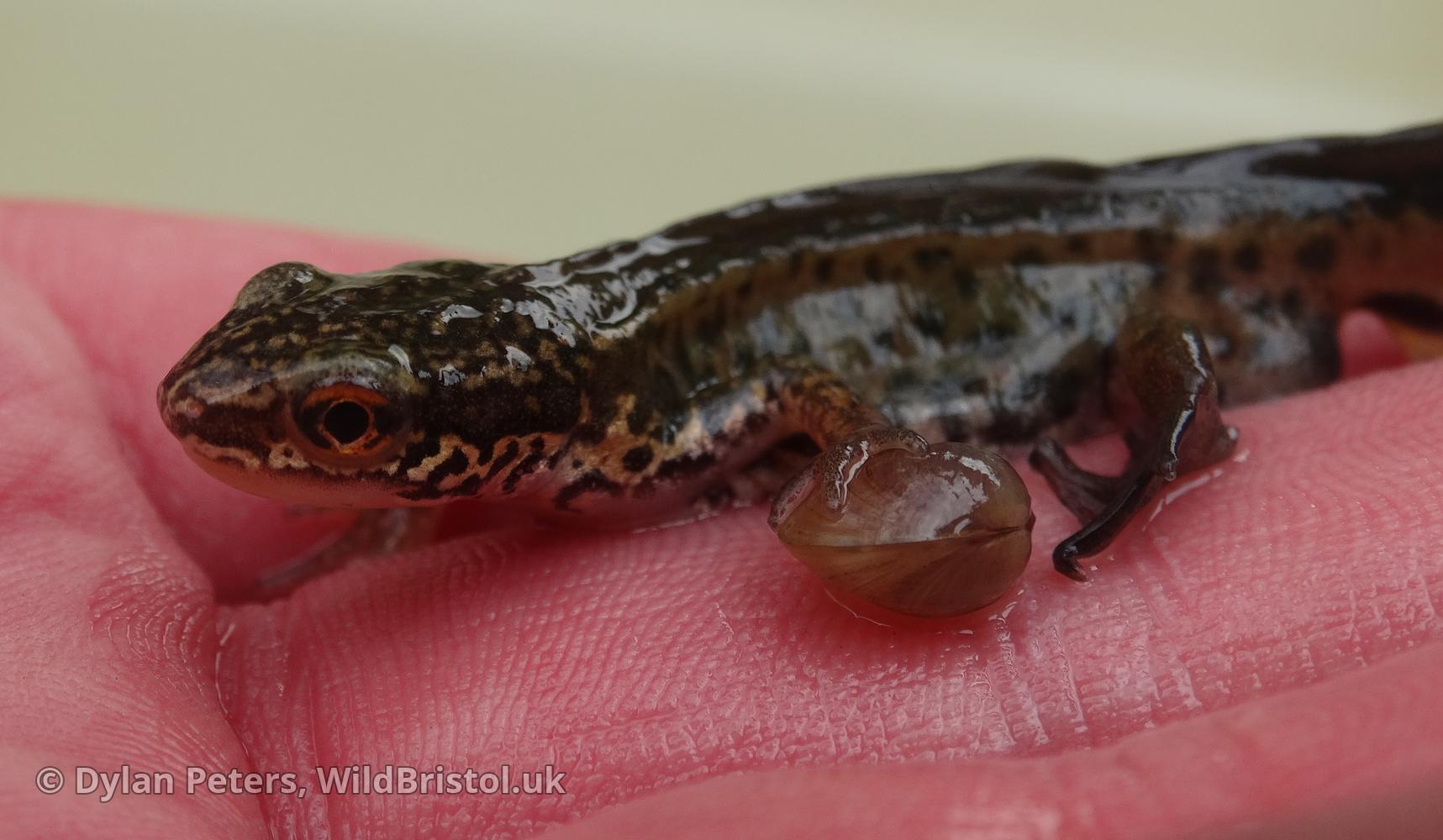
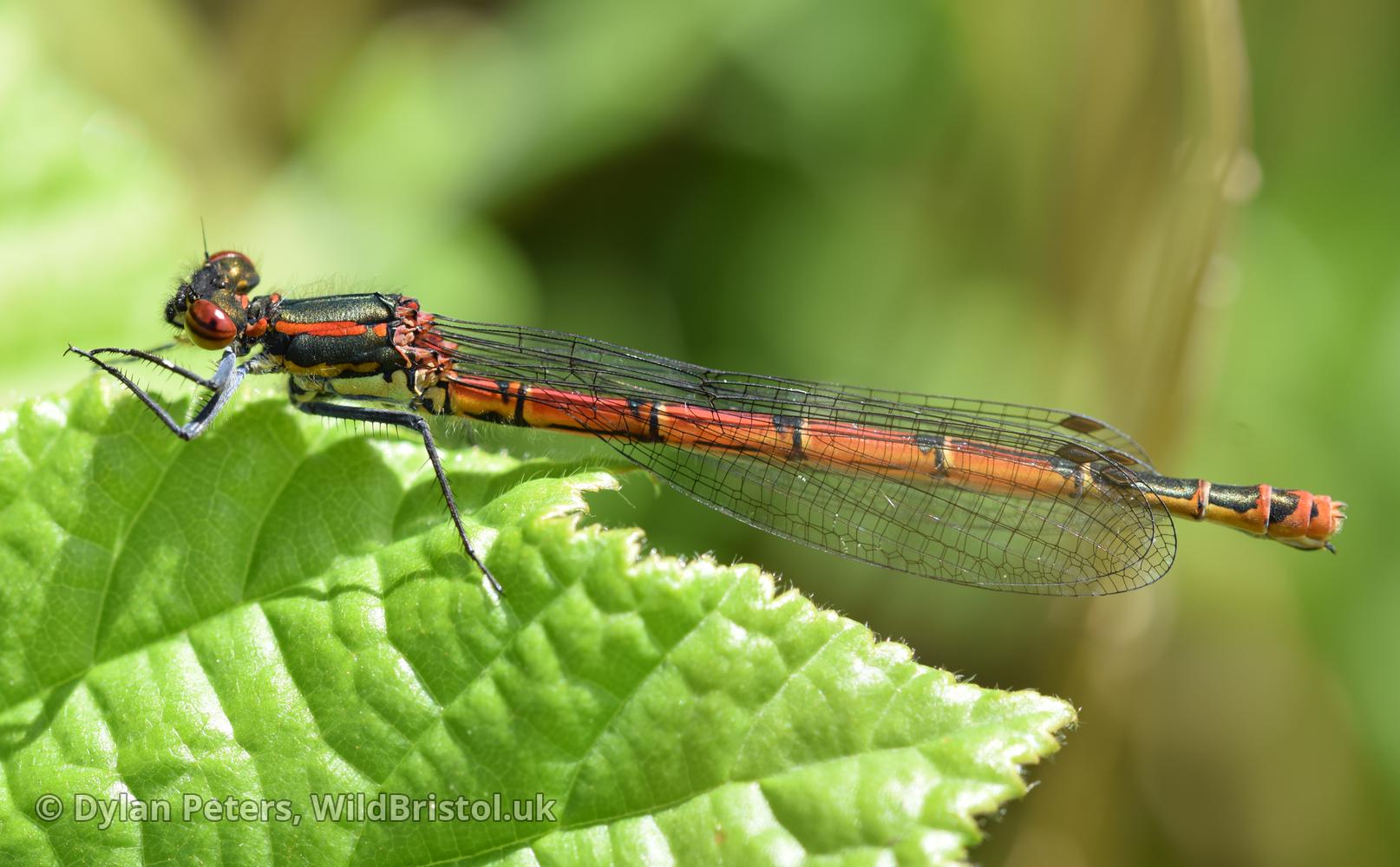
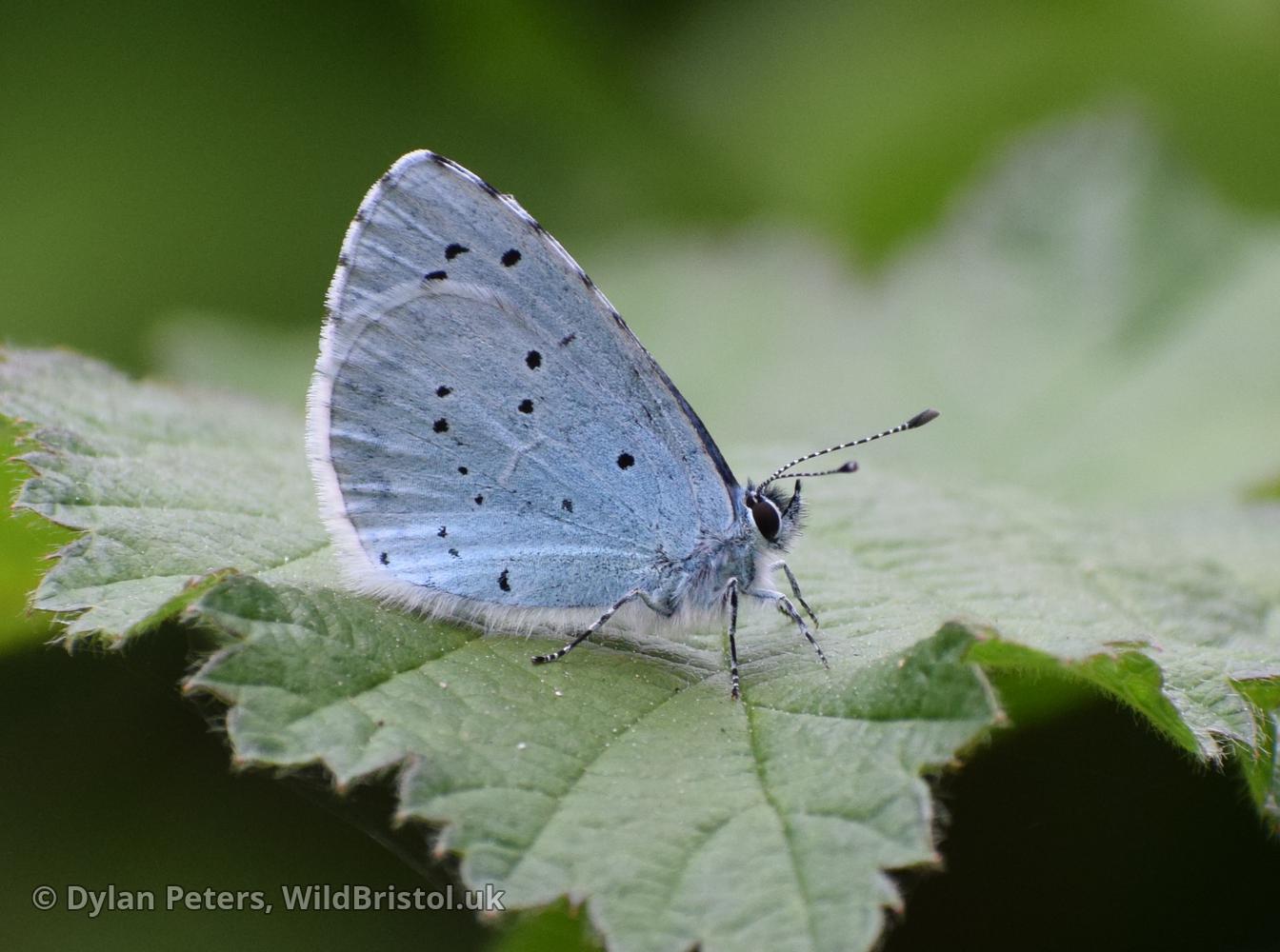
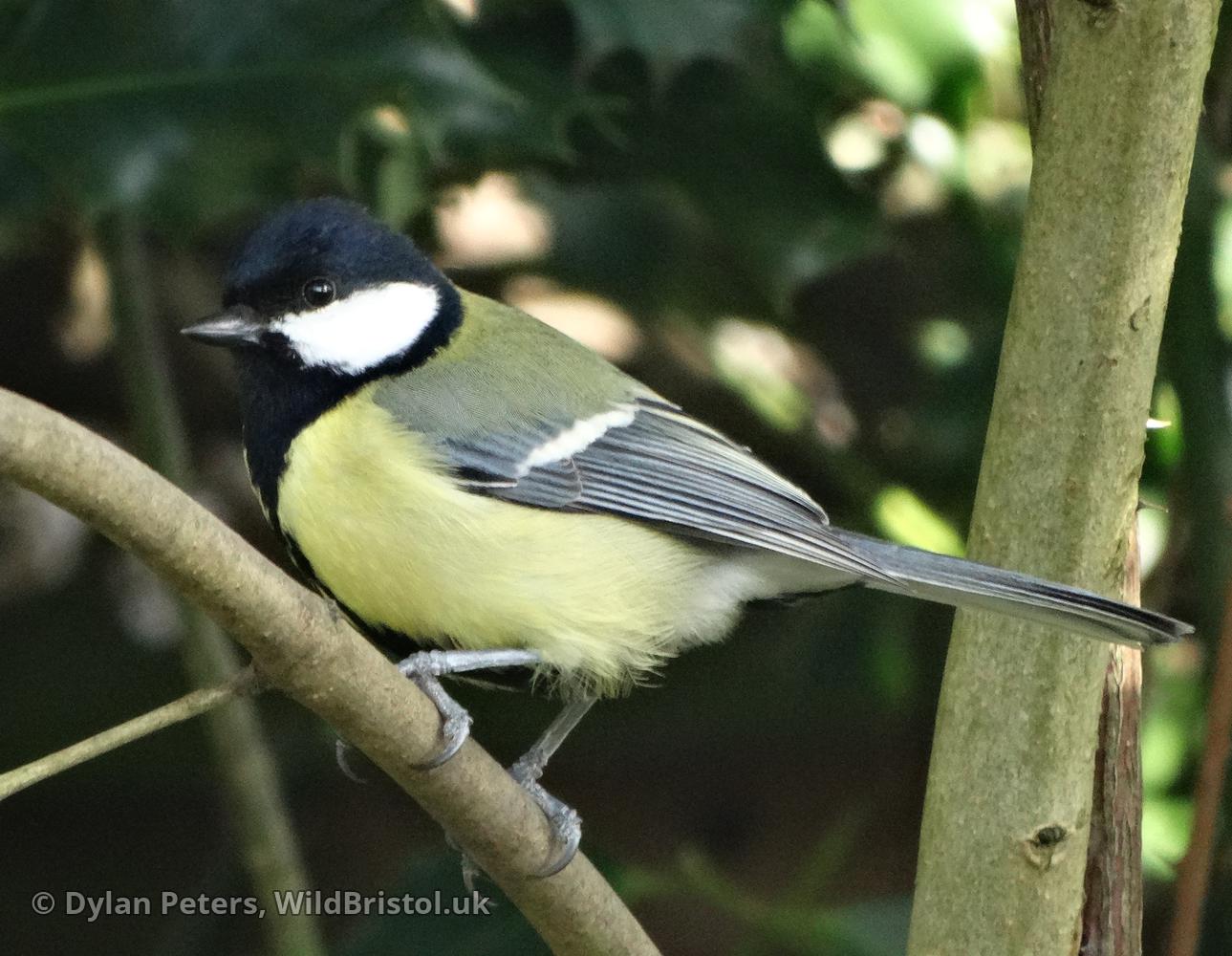
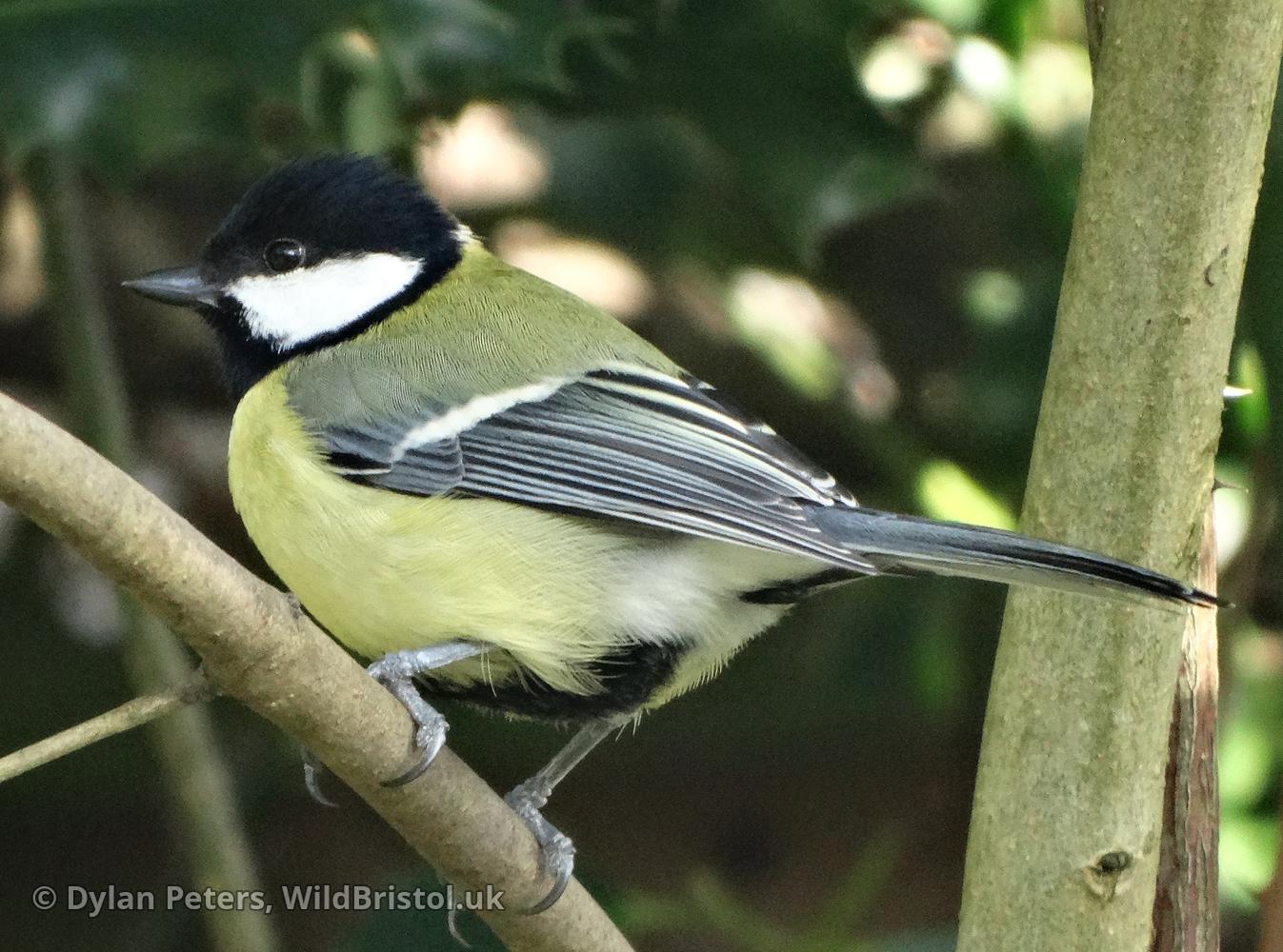
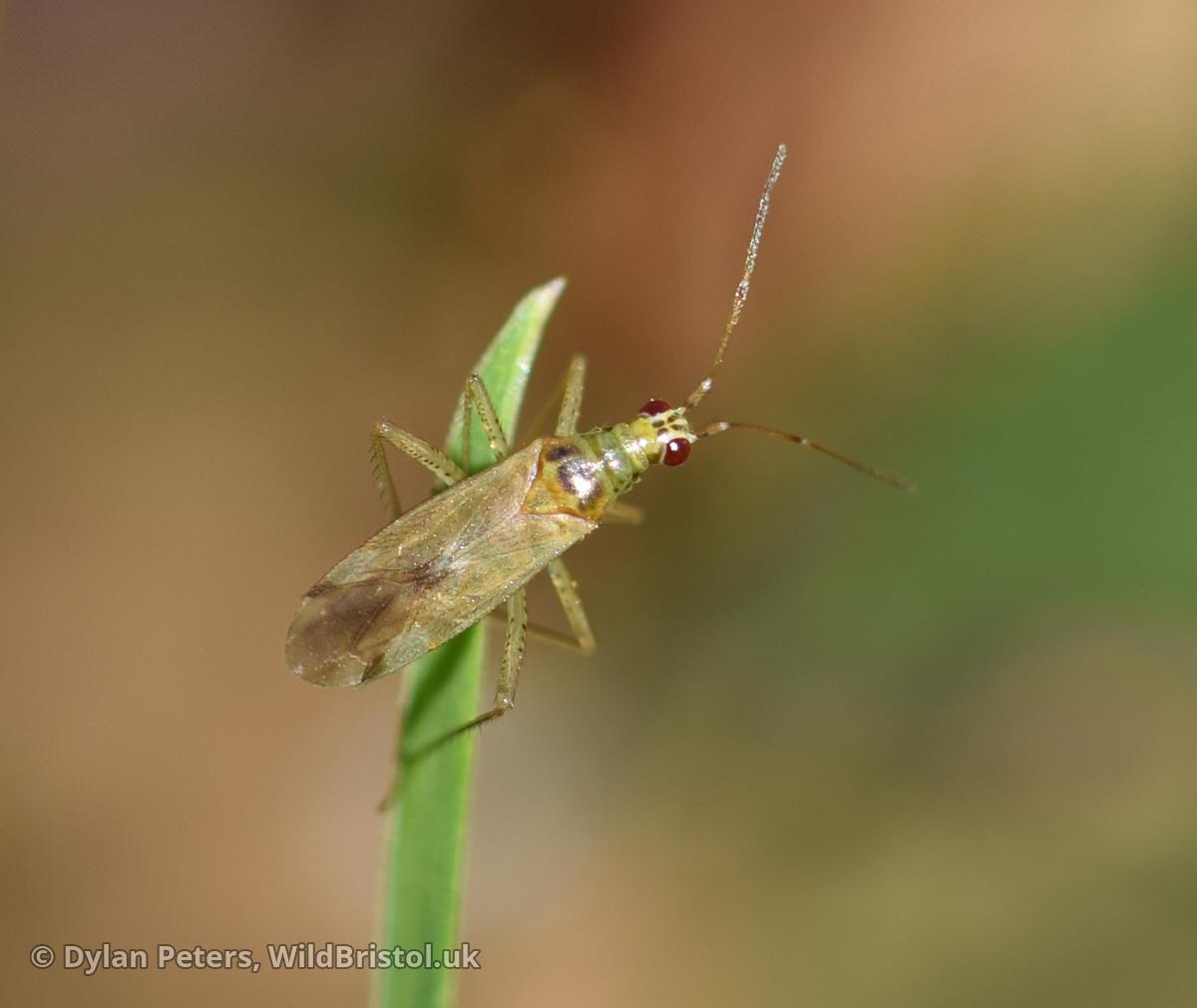
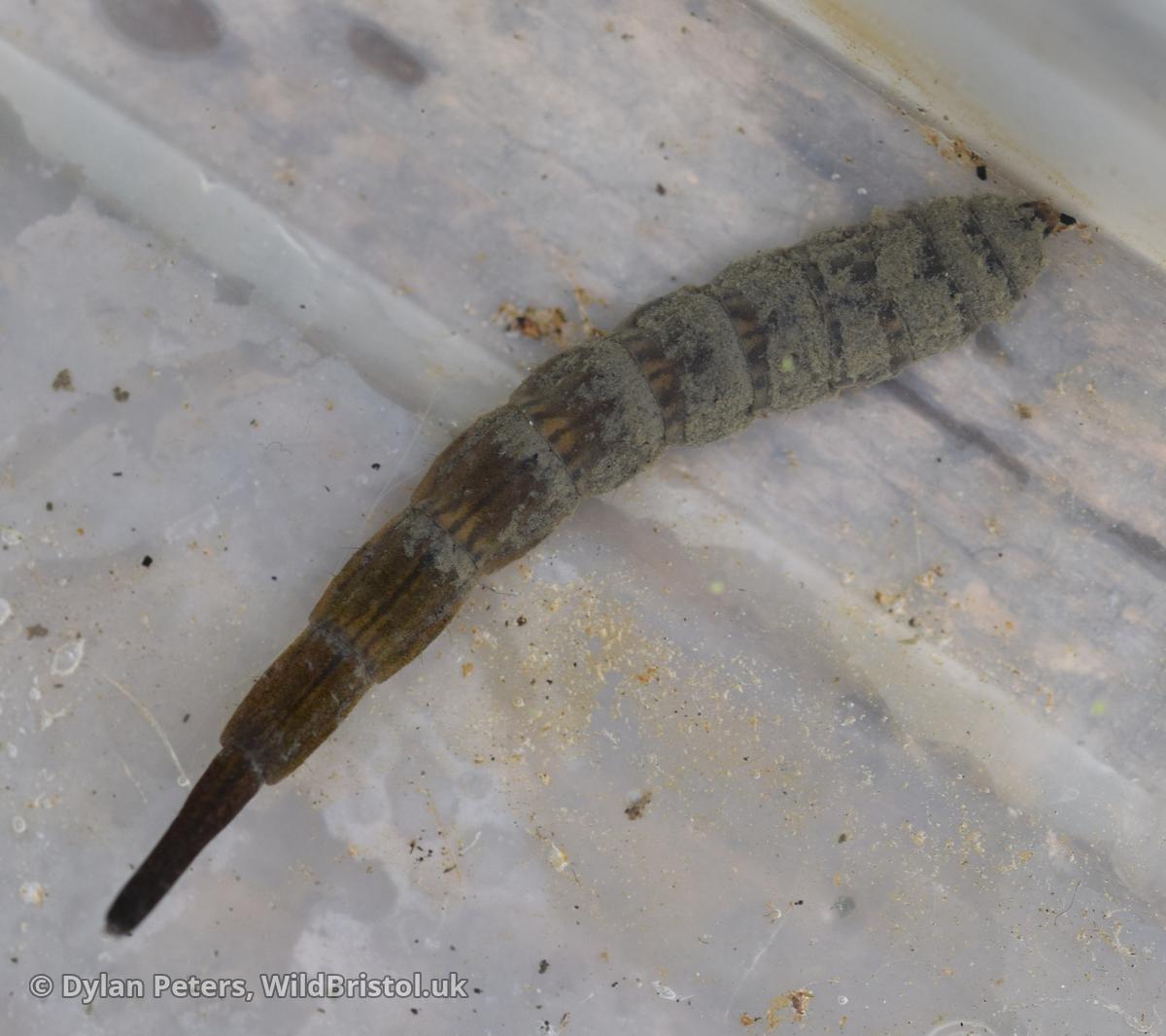
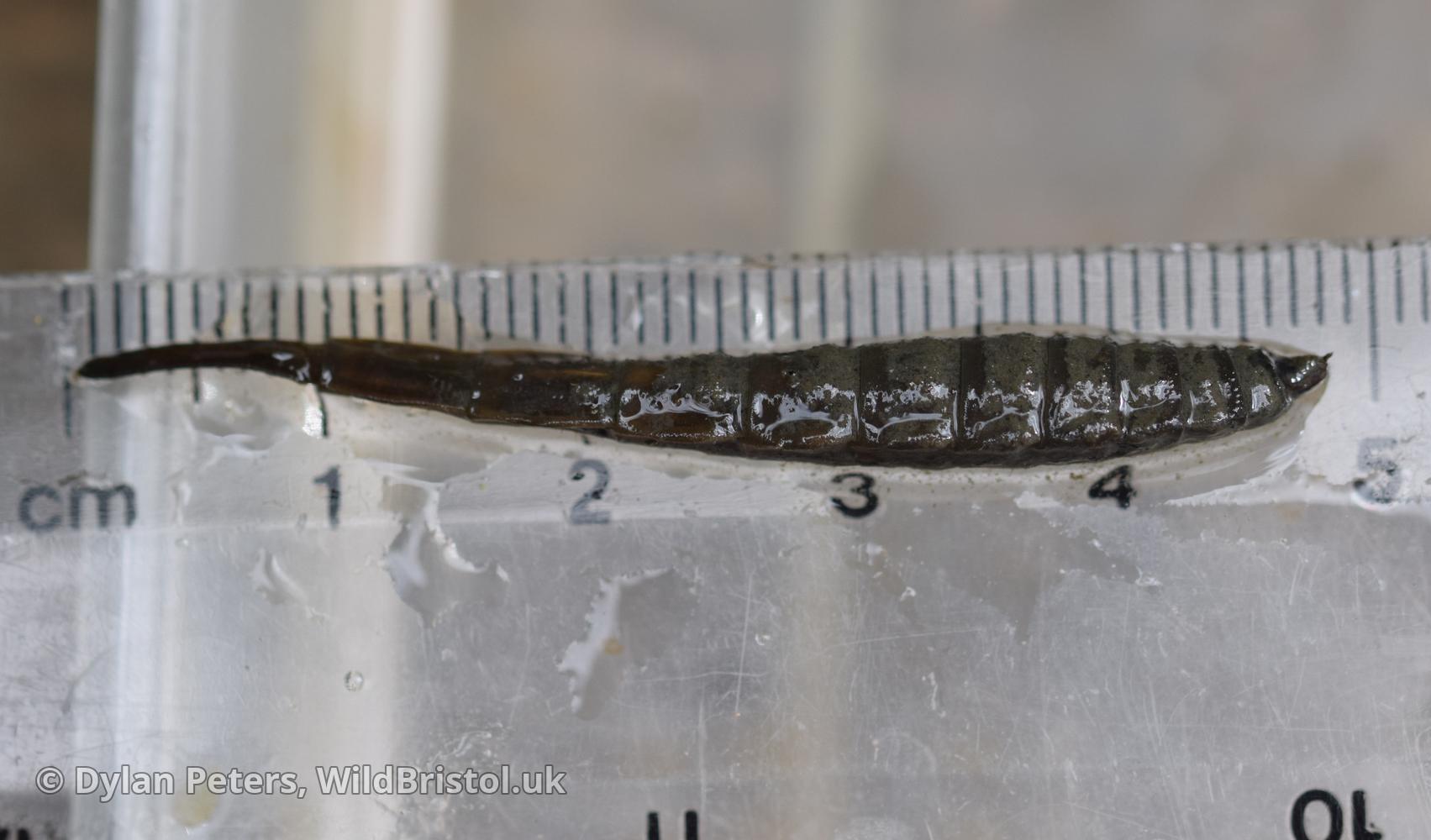
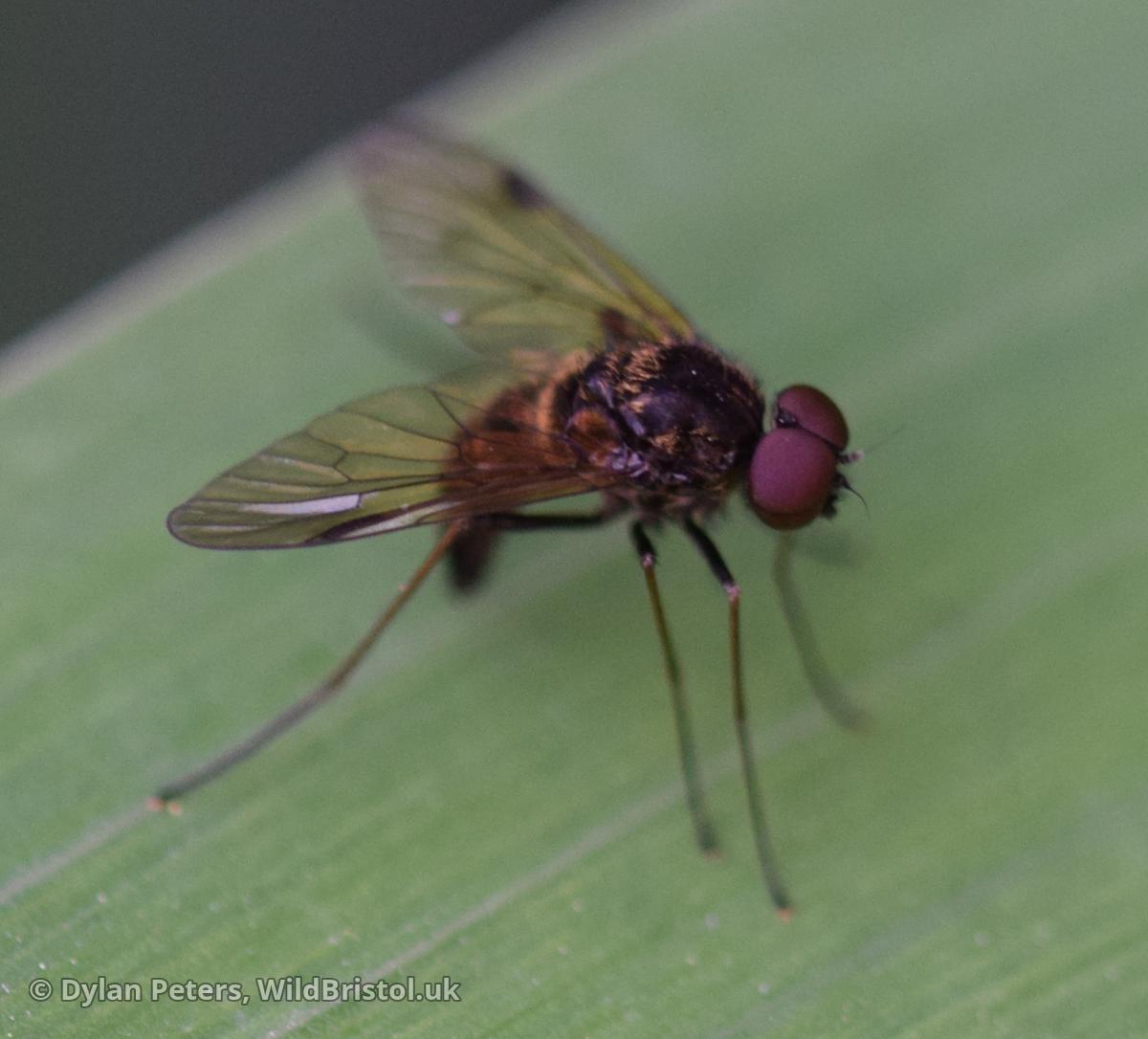
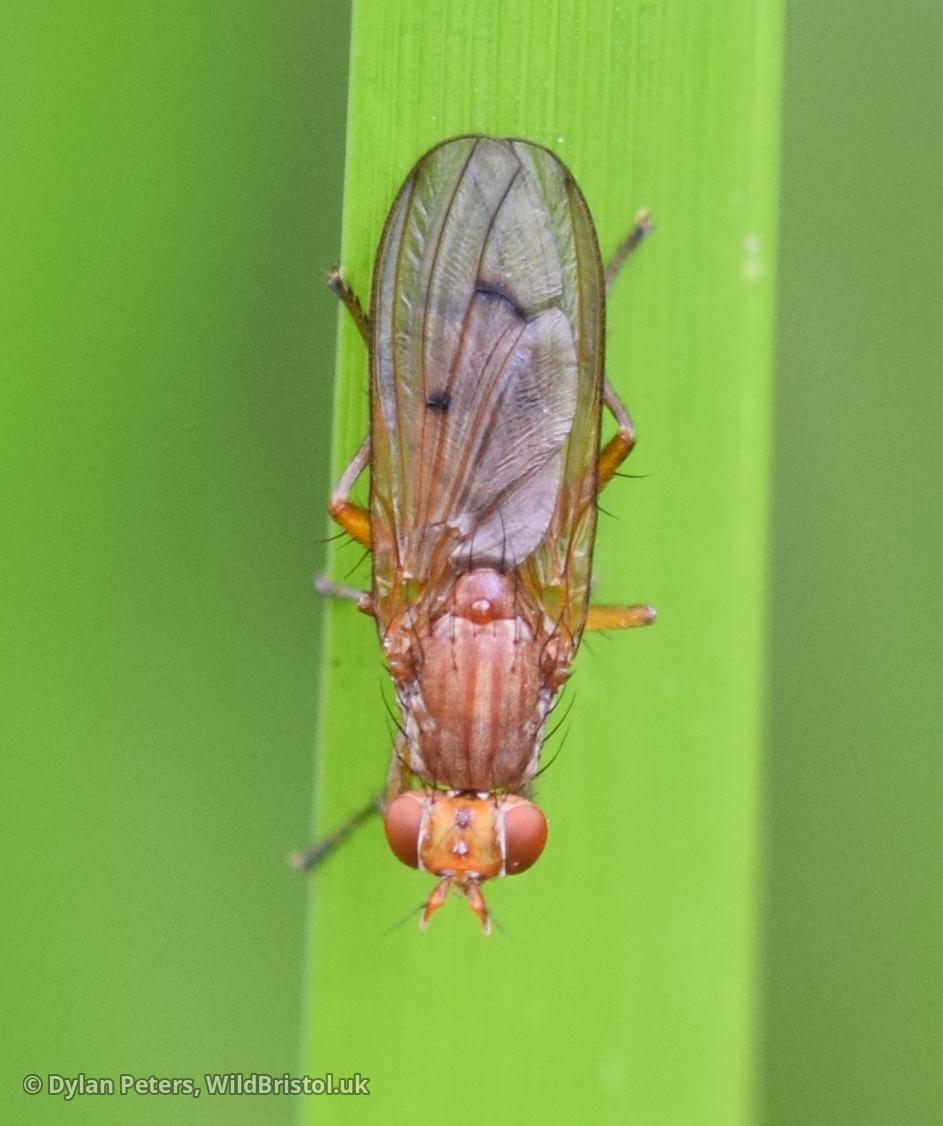
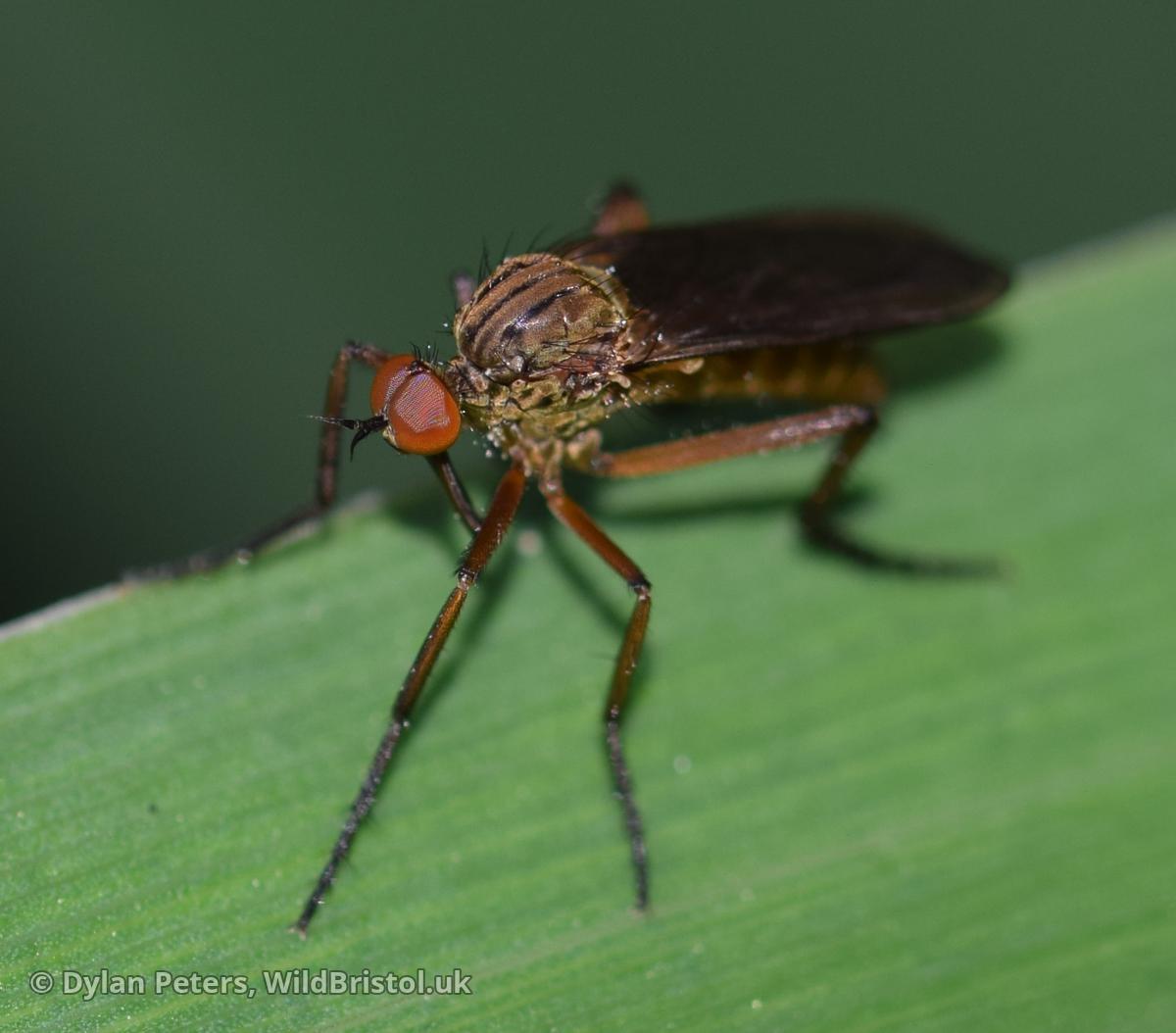
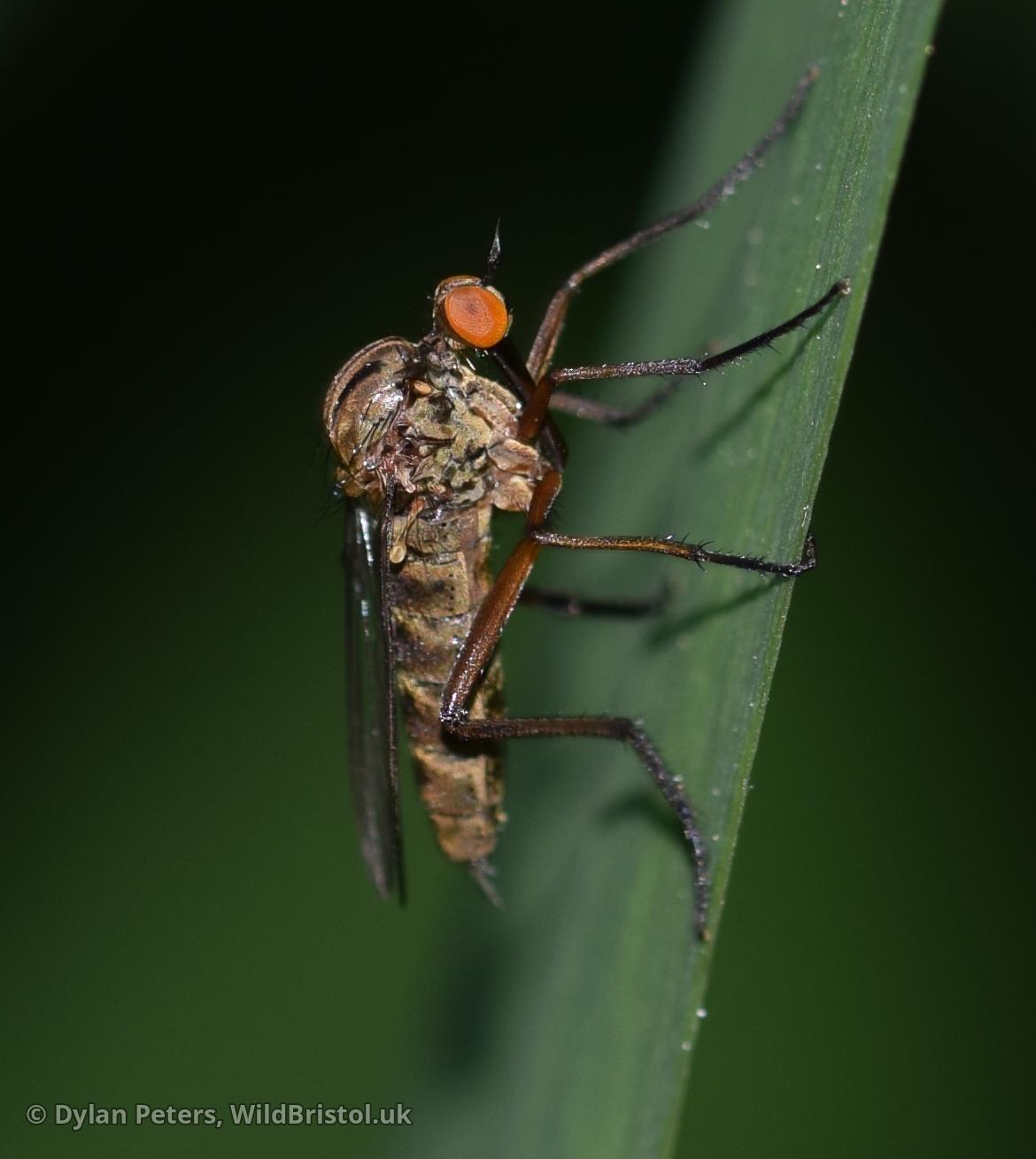
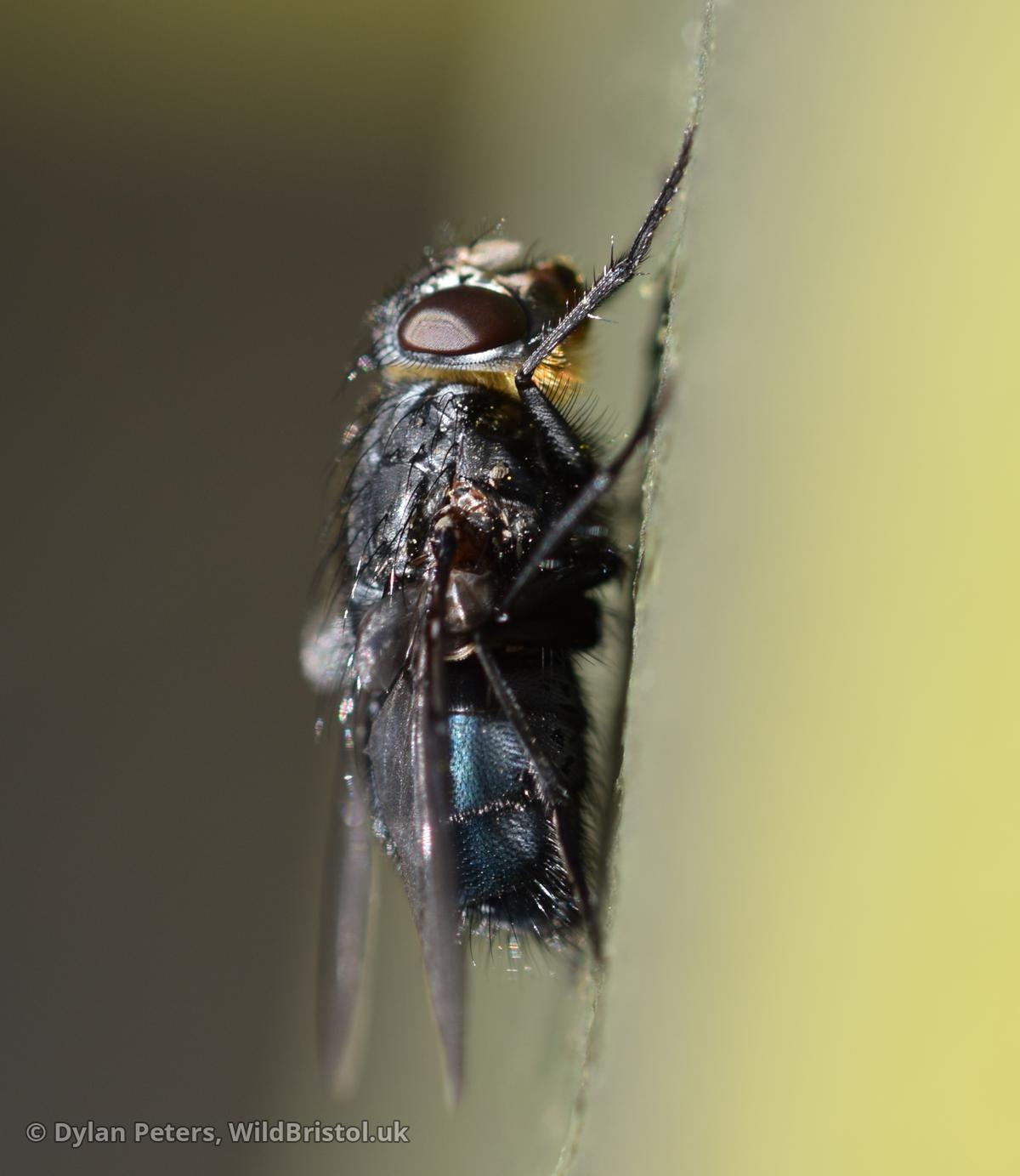
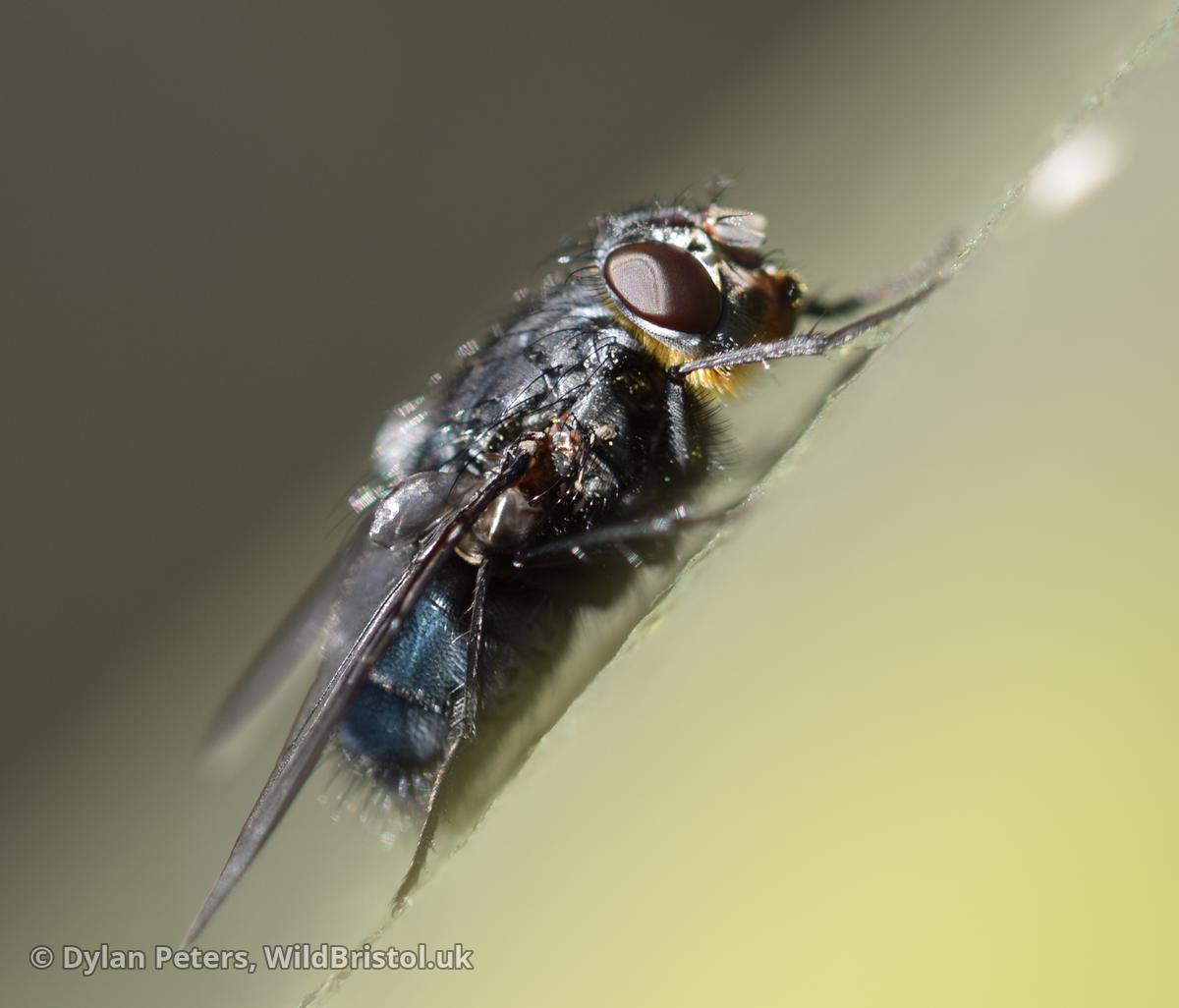
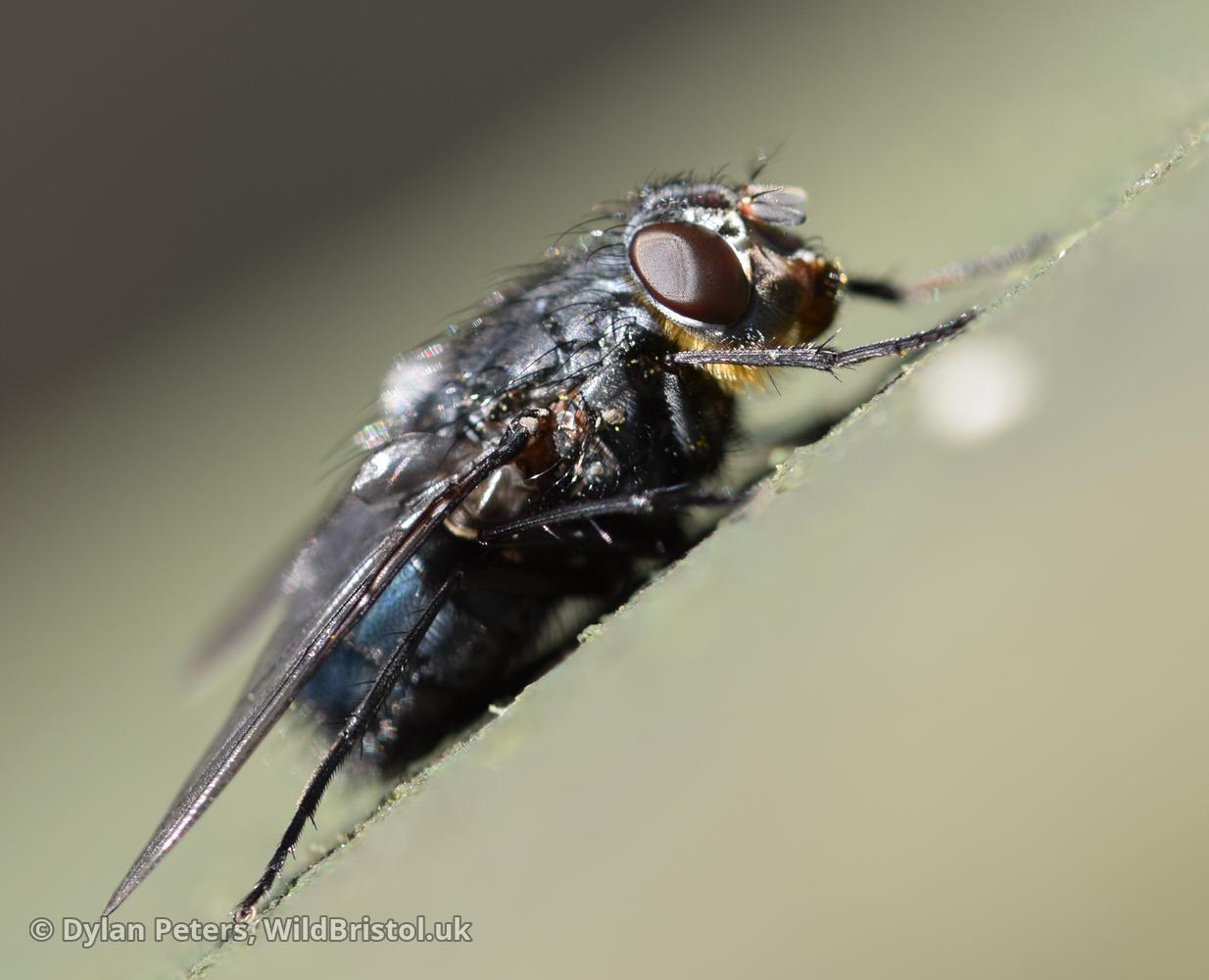
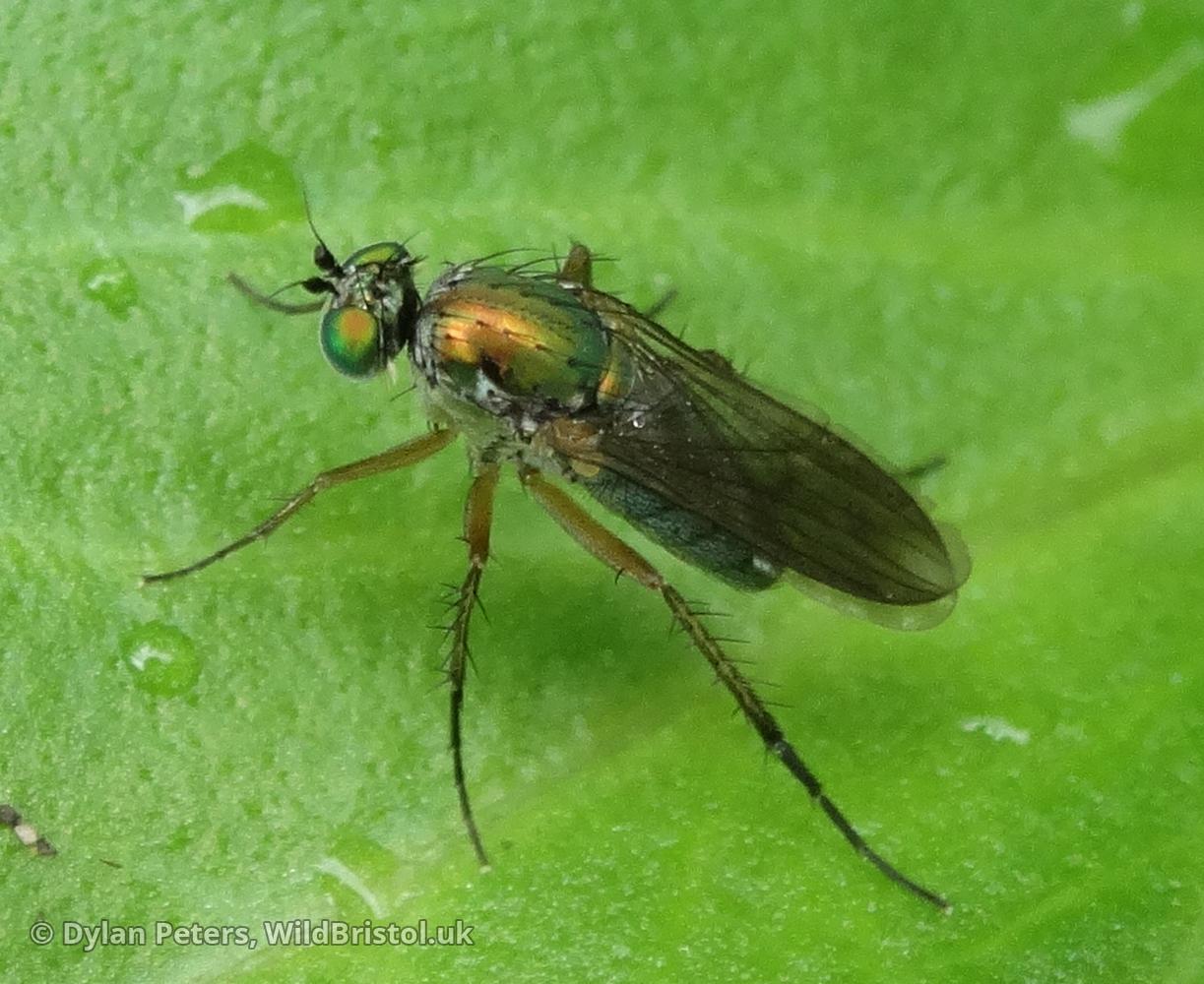
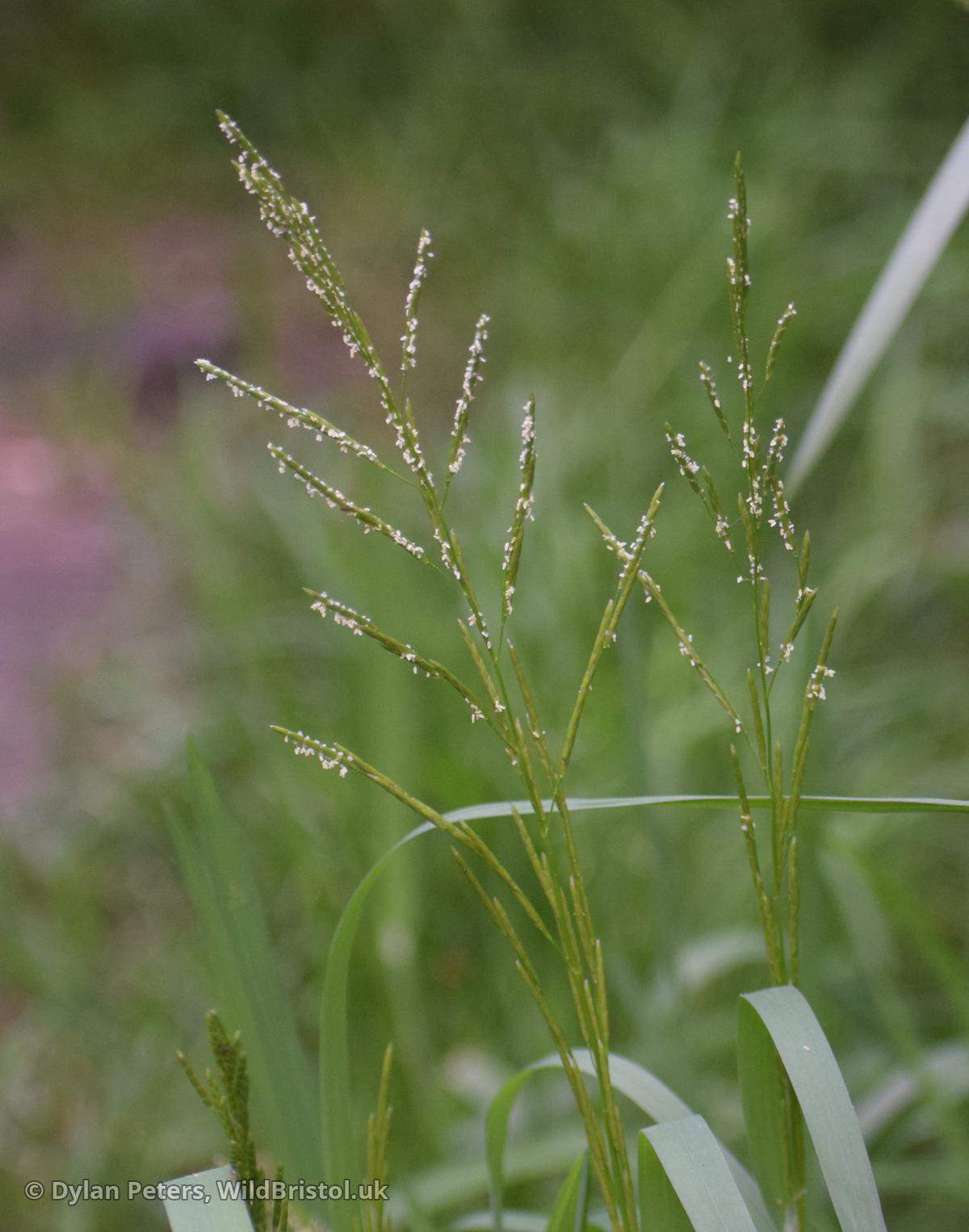
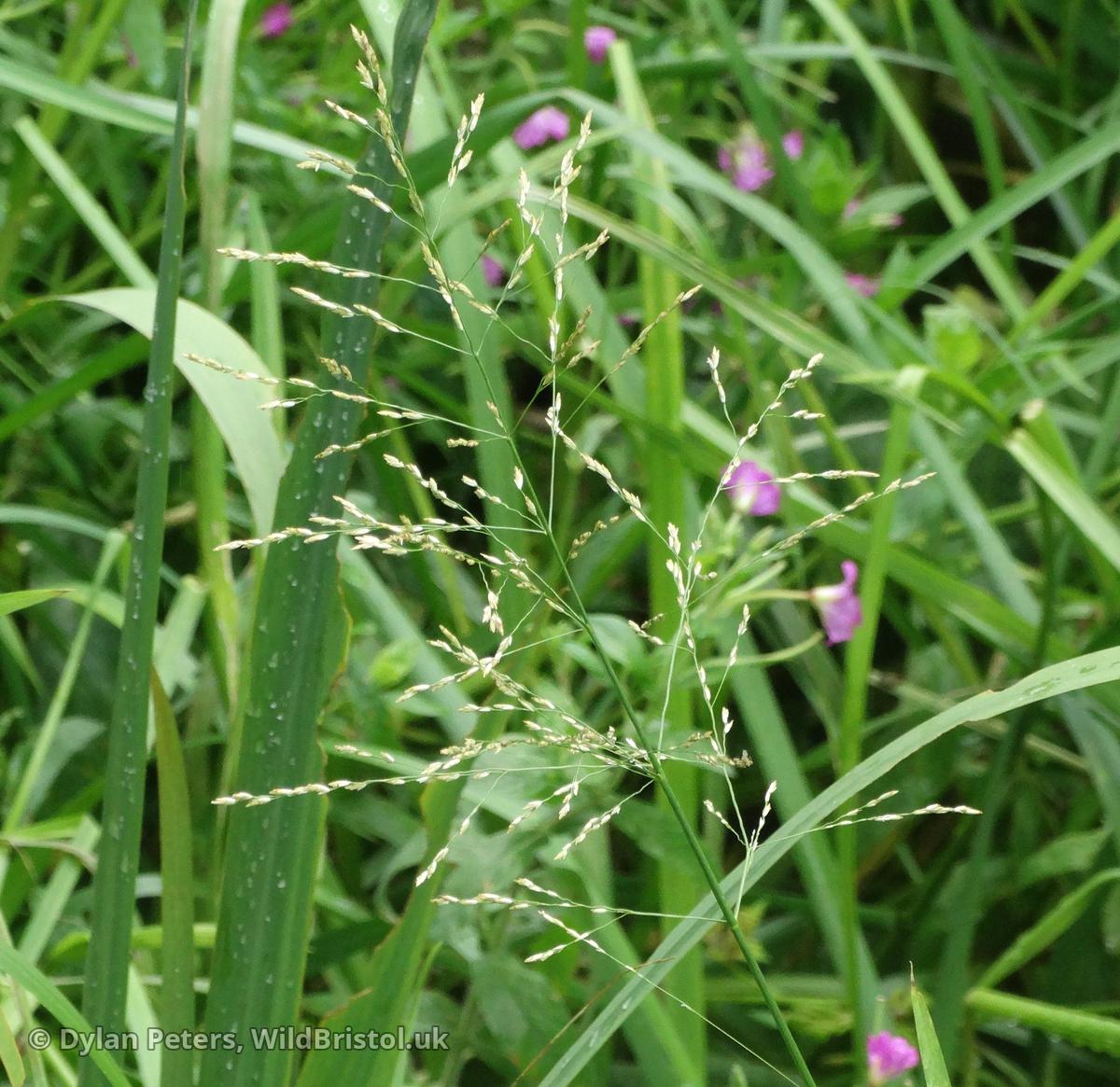
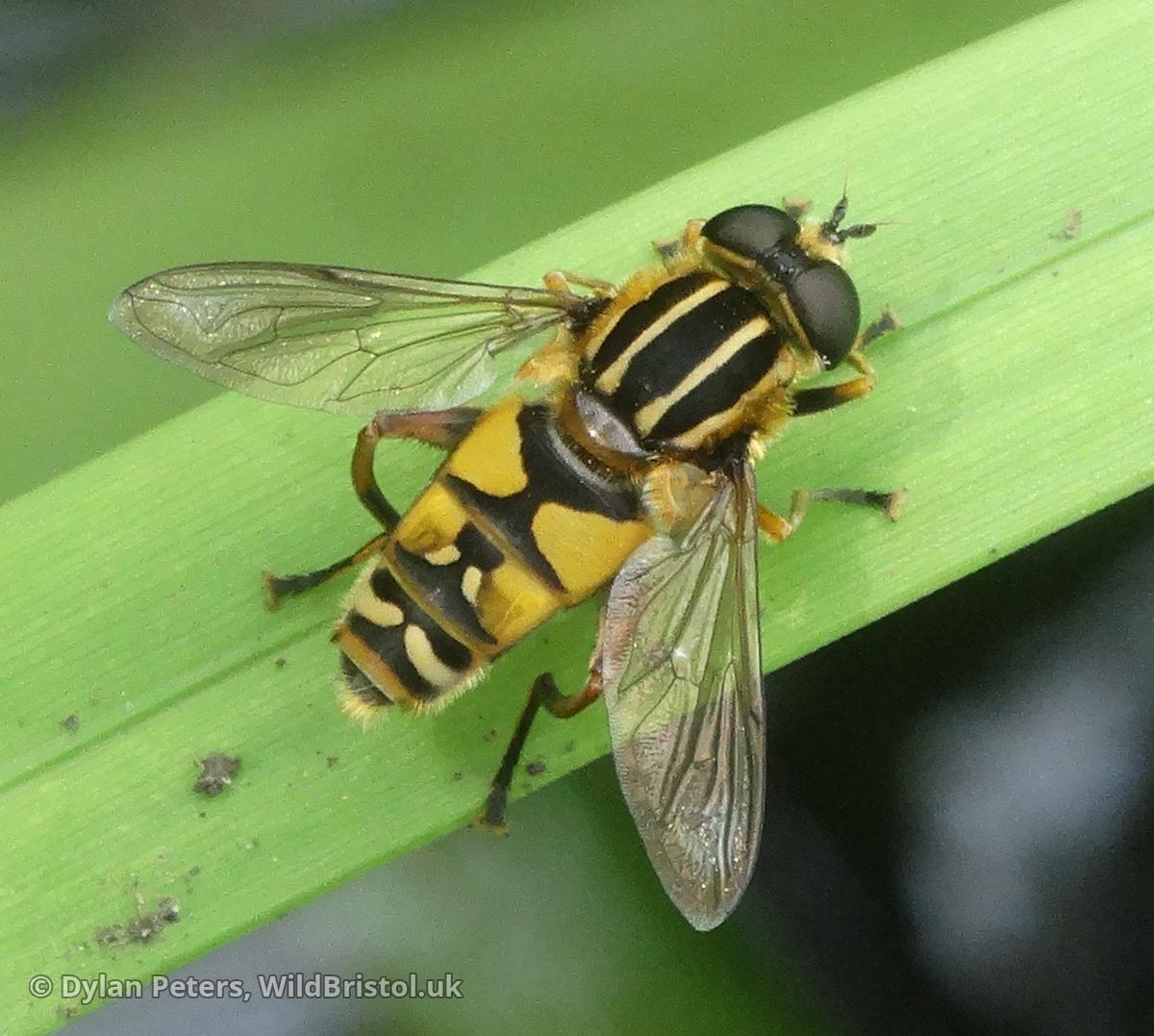
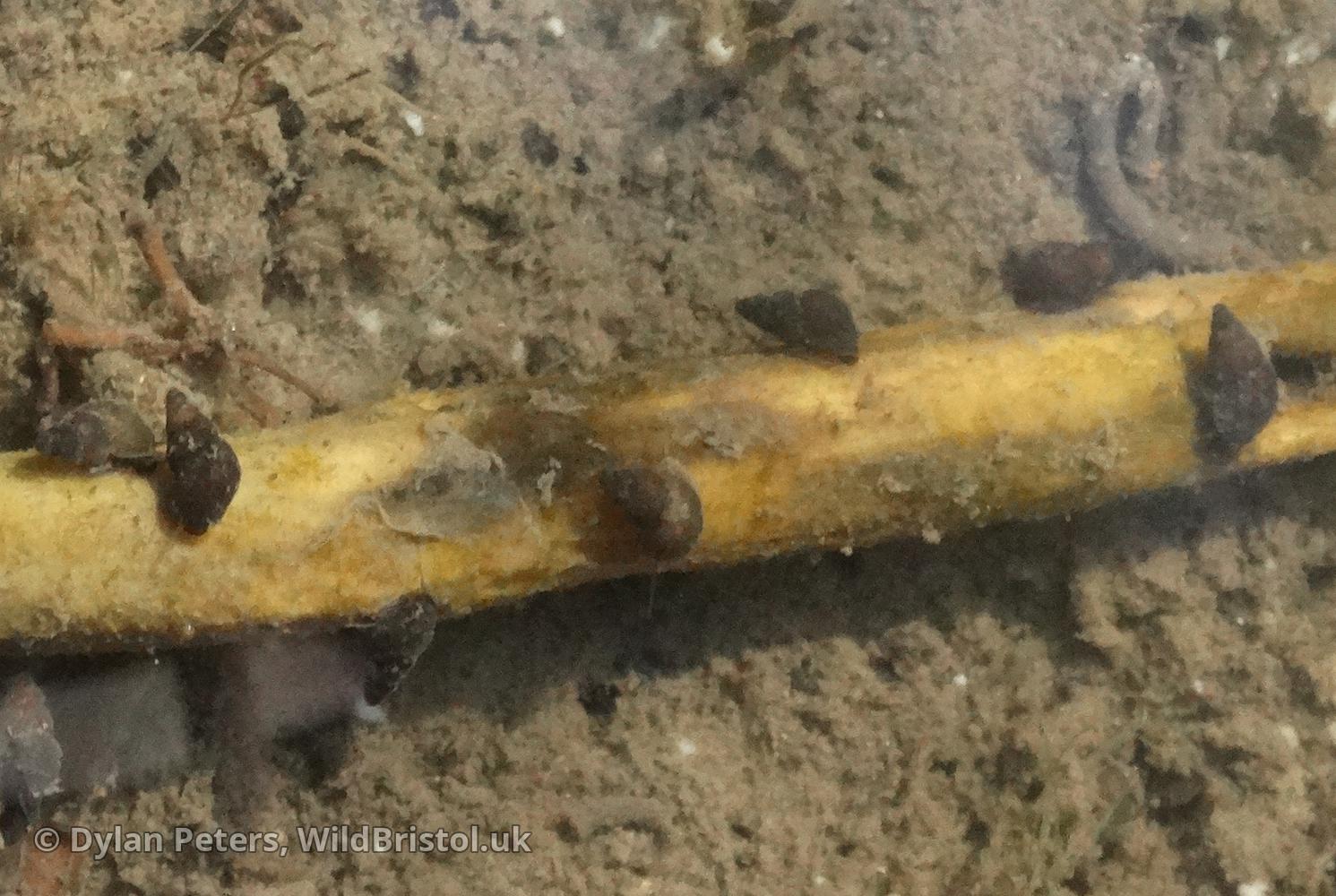
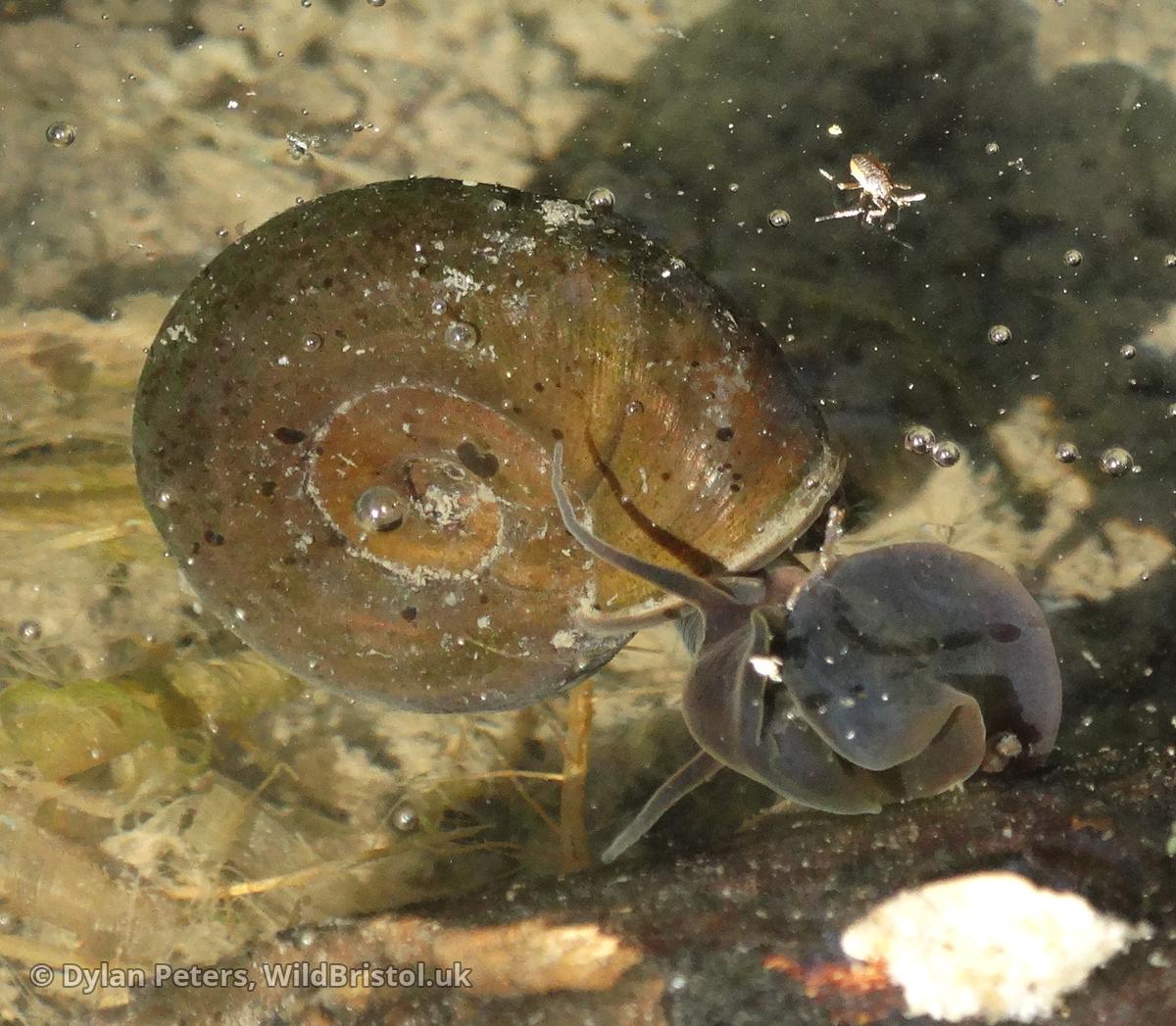
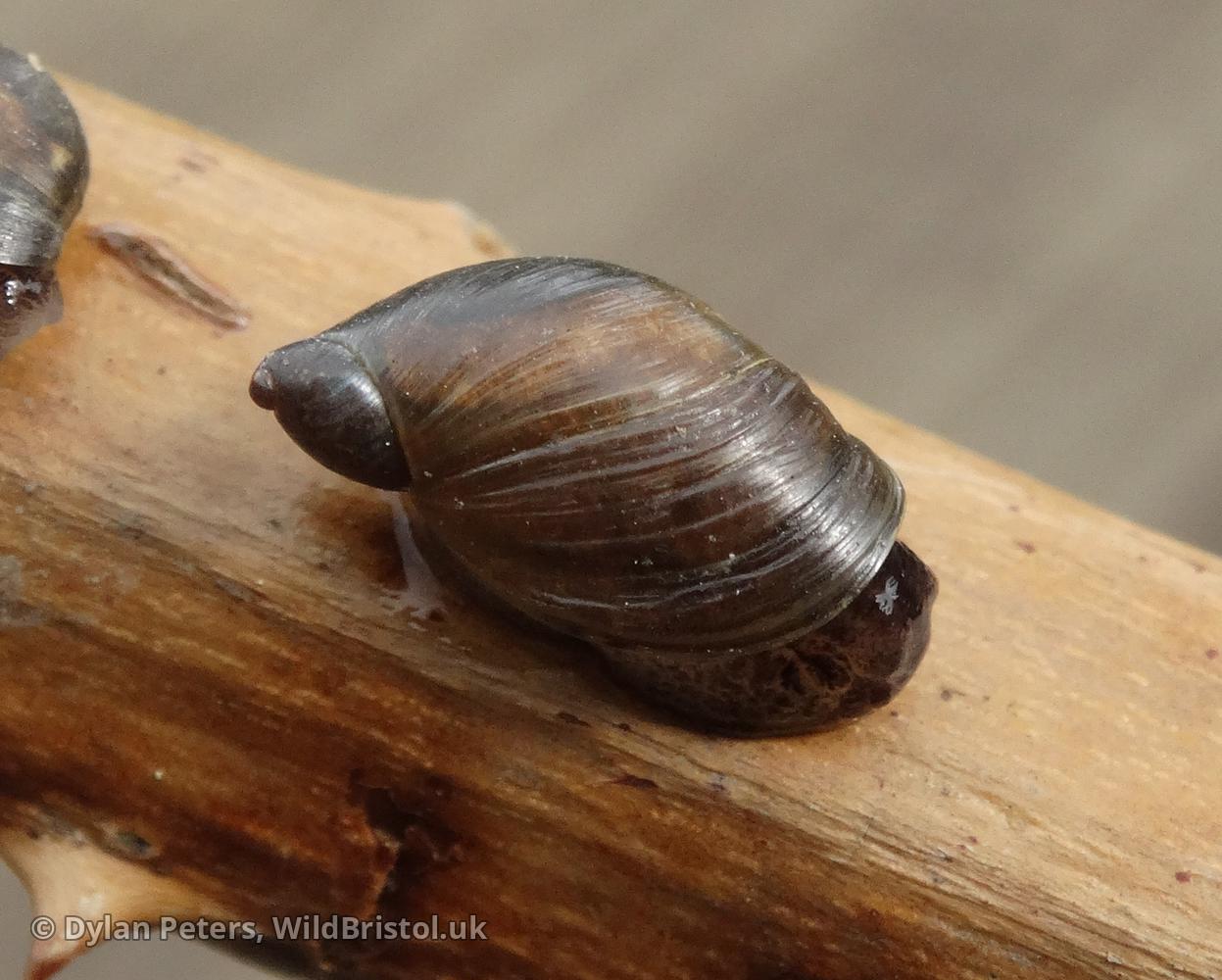
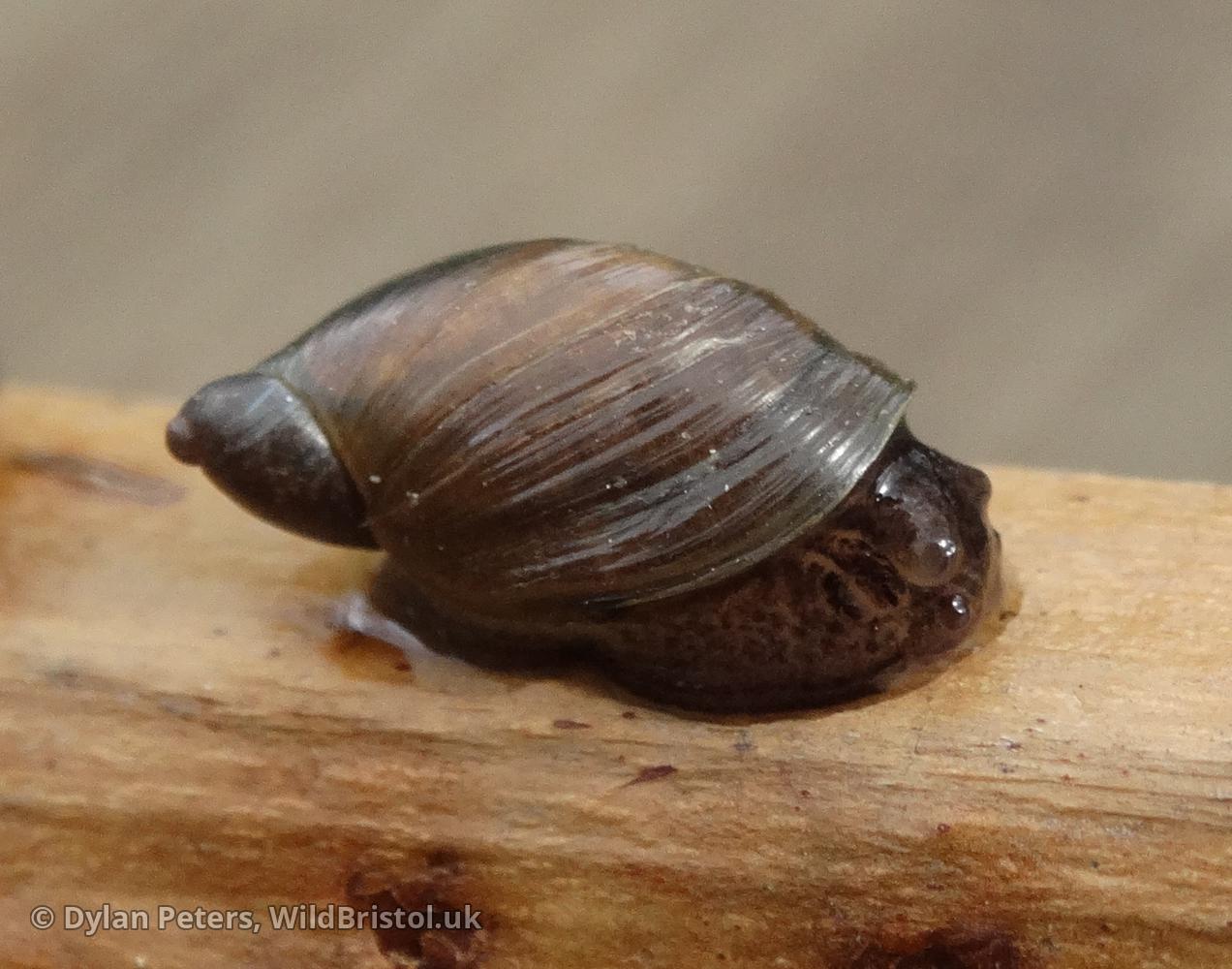
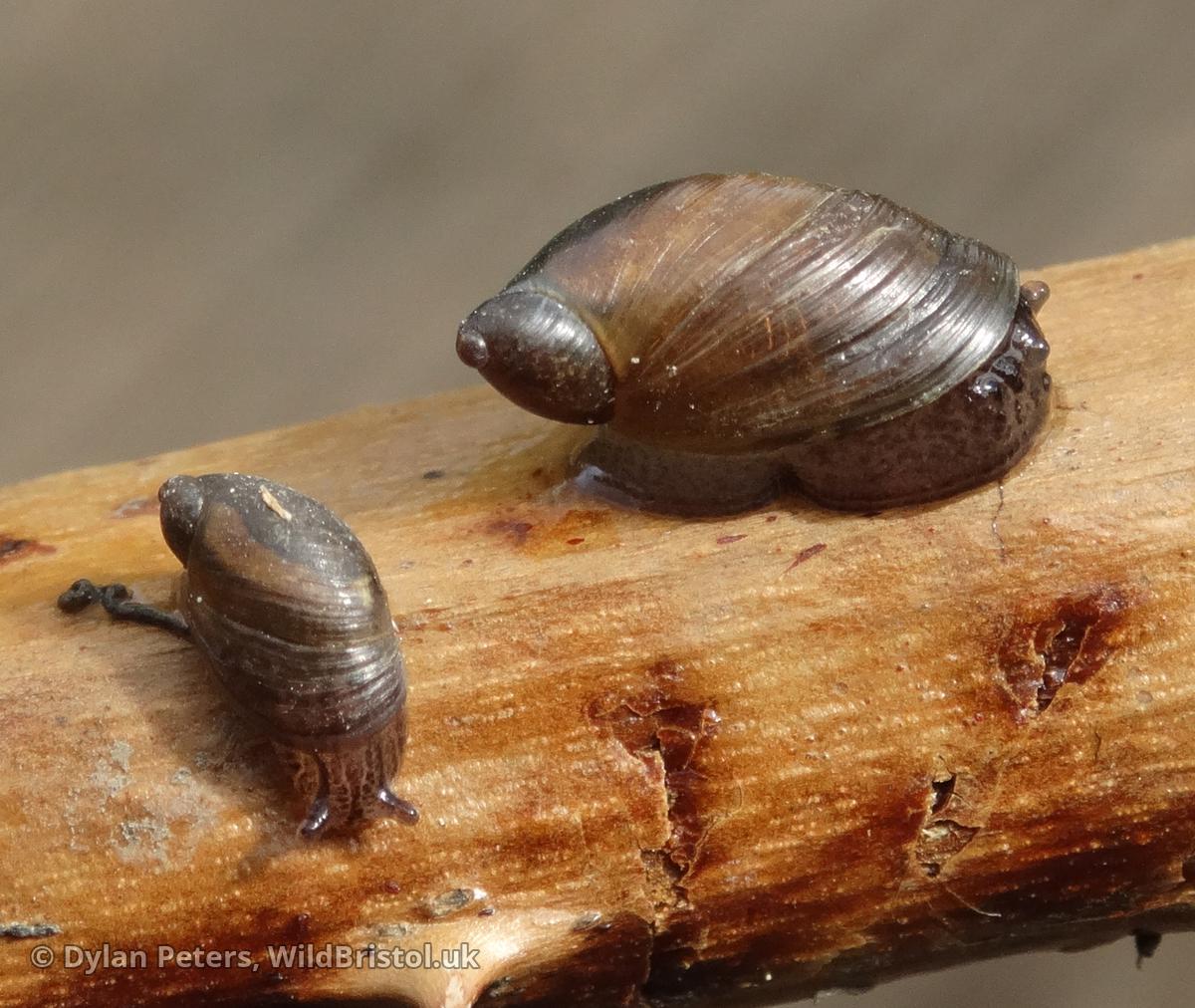
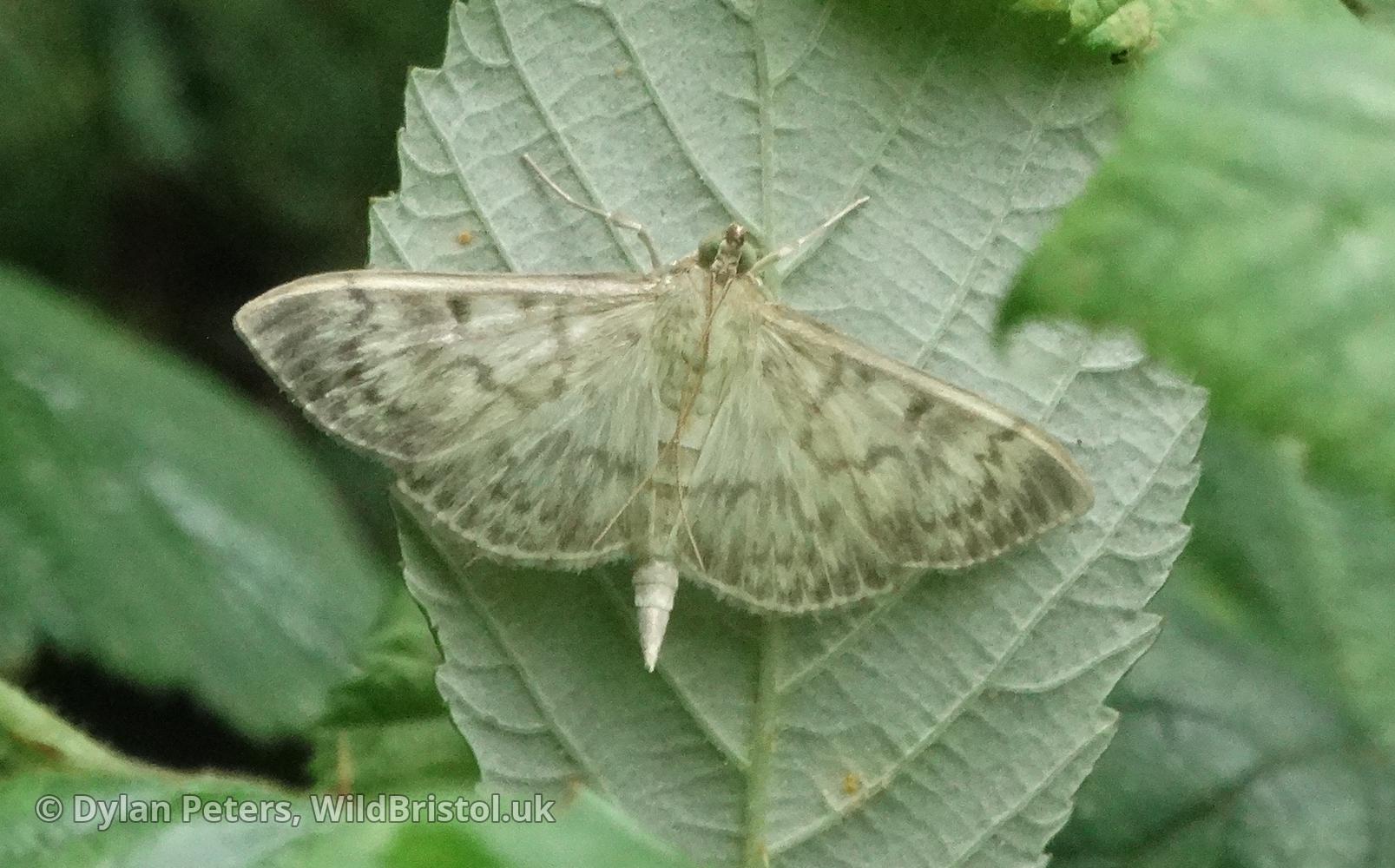
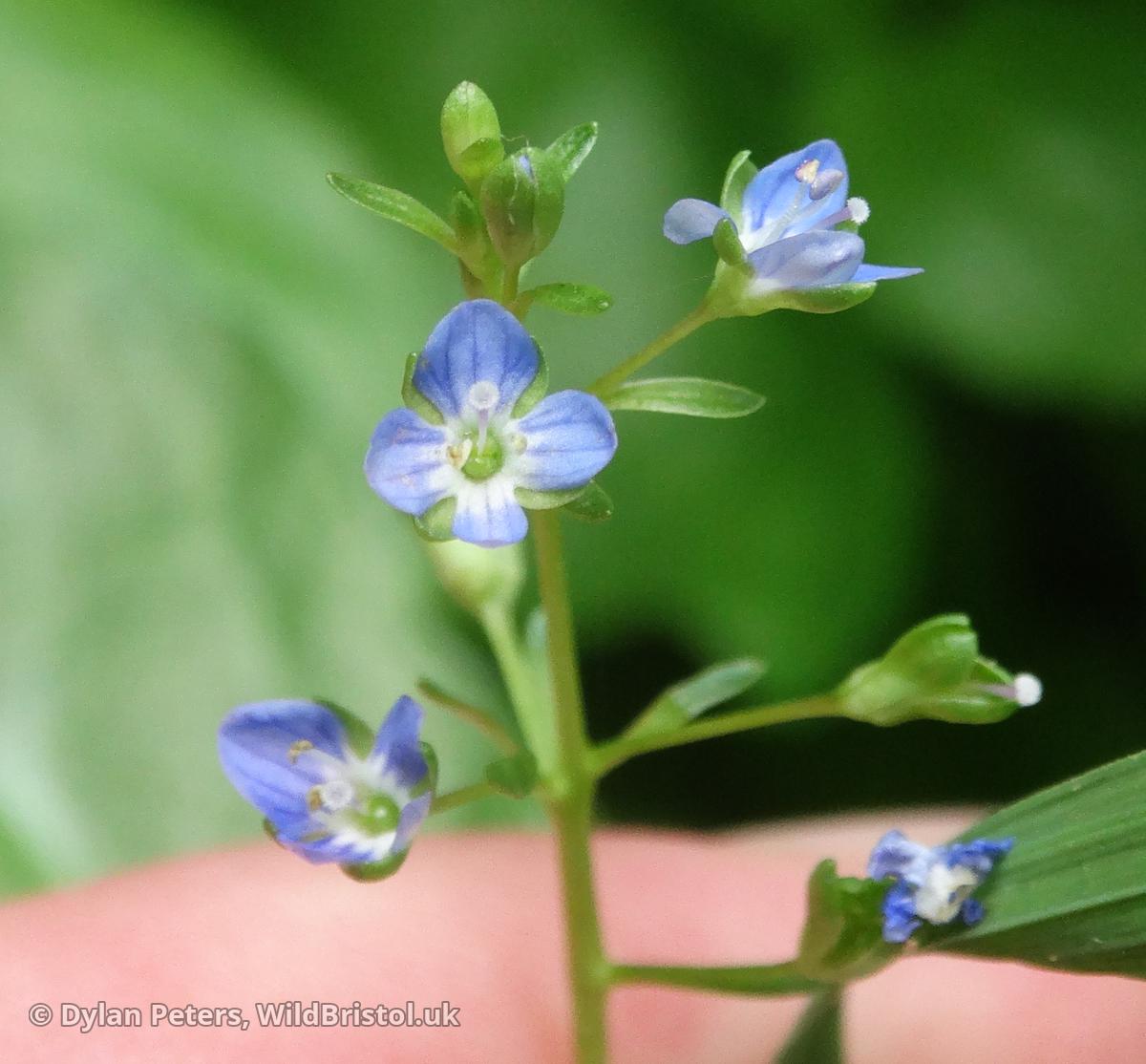
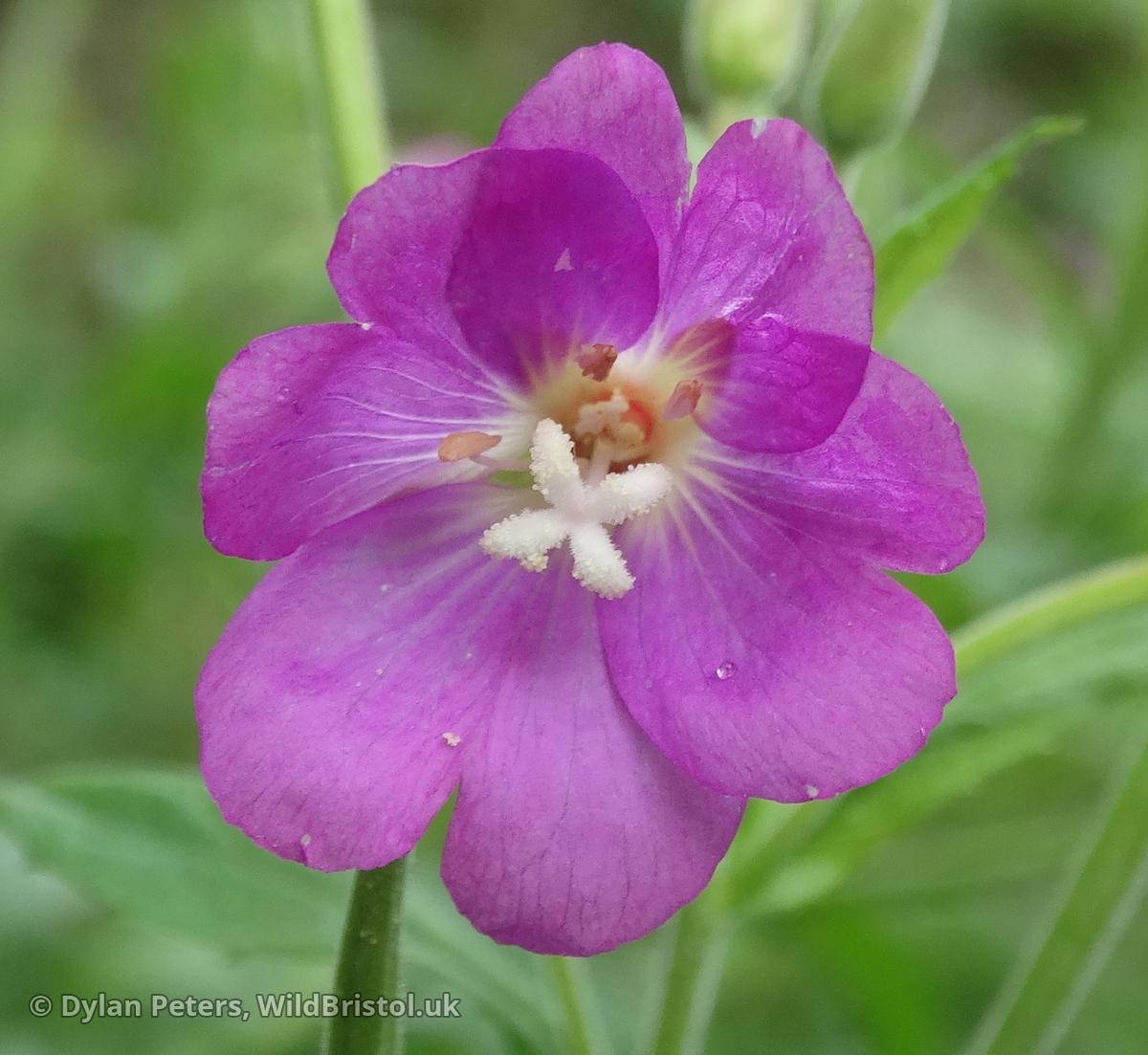
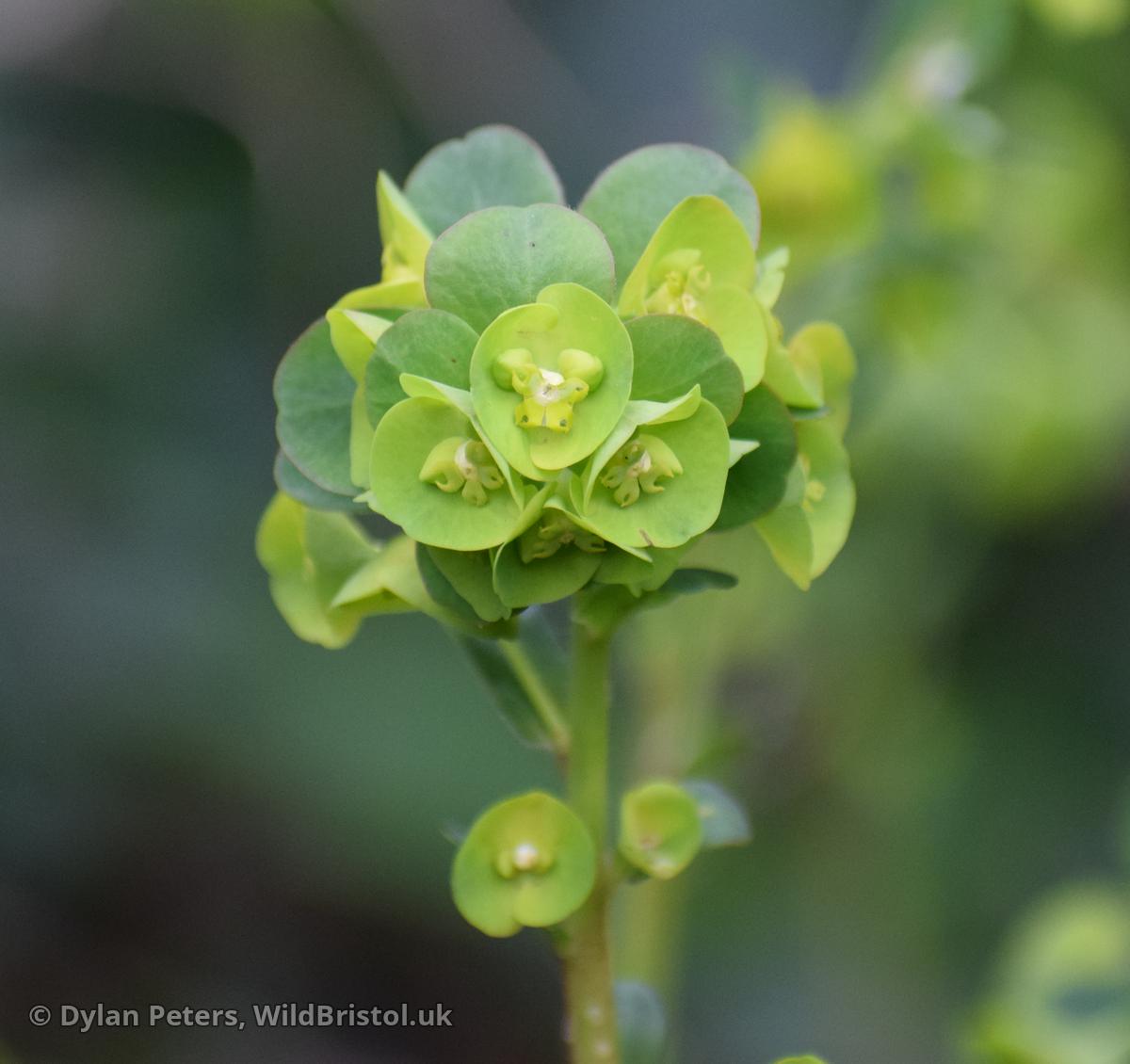
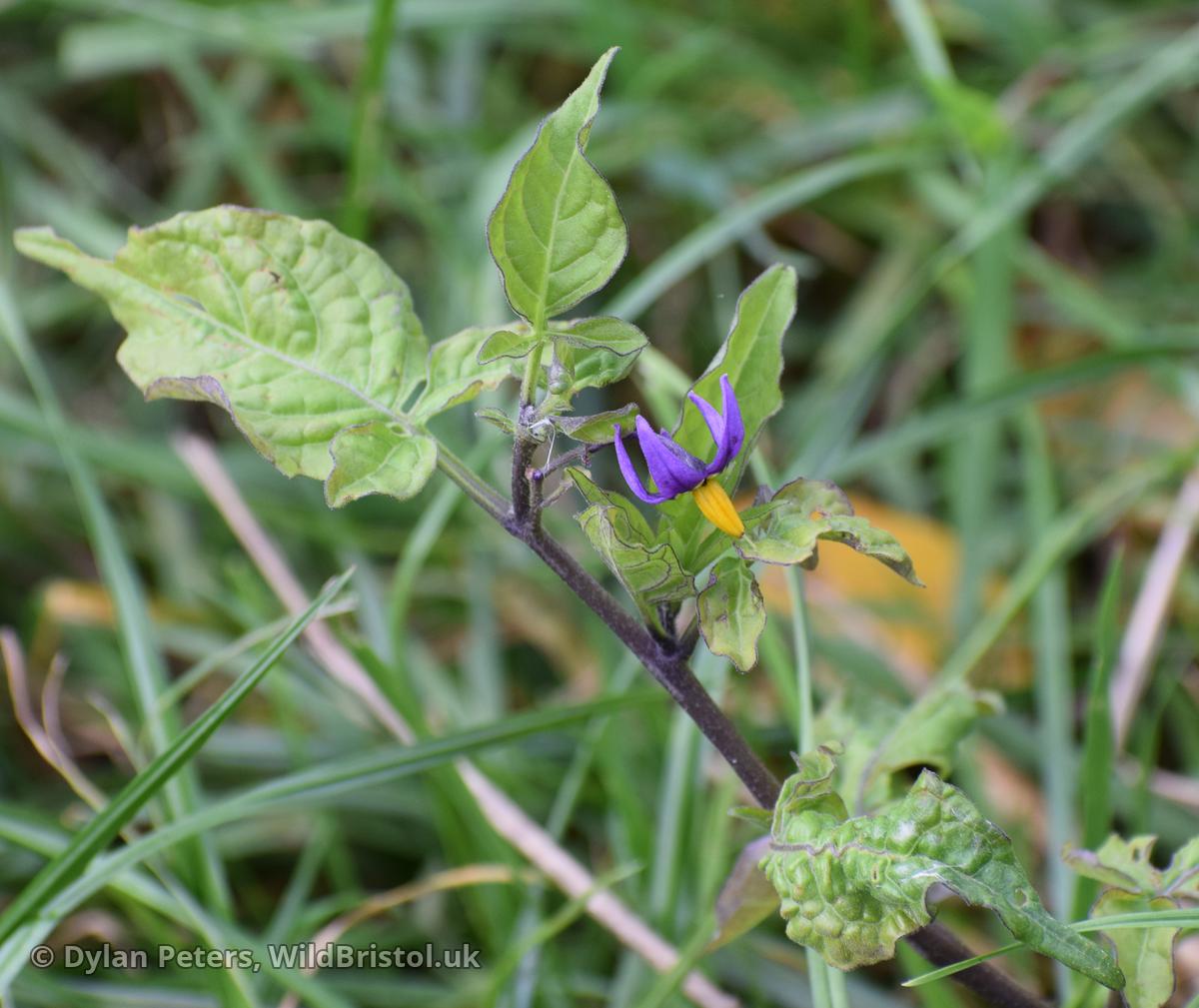
Map
Here is a map showing this place: